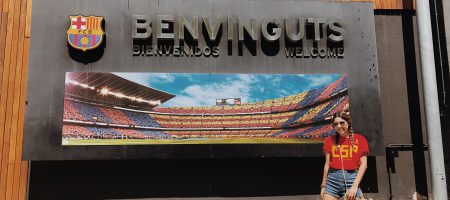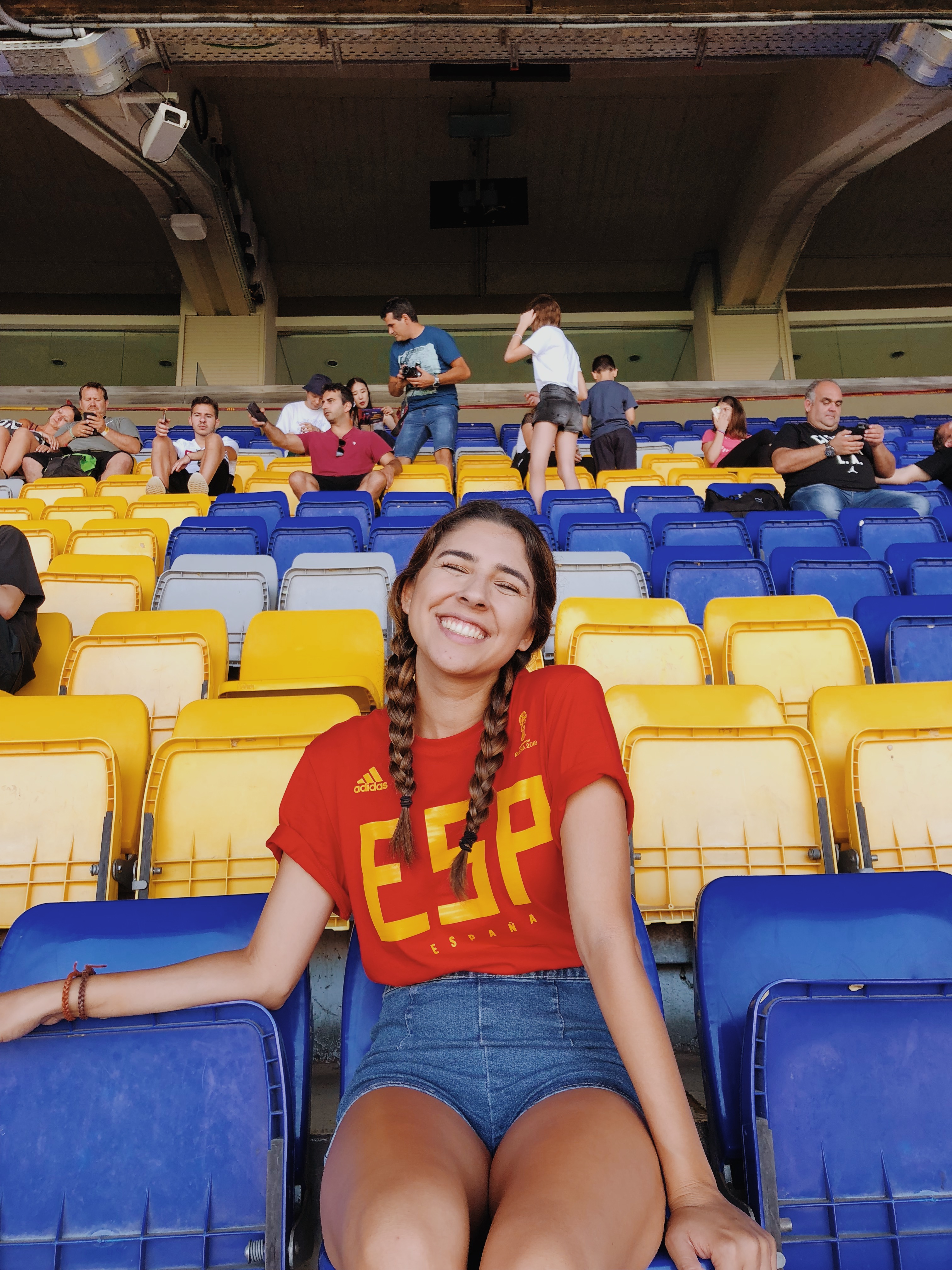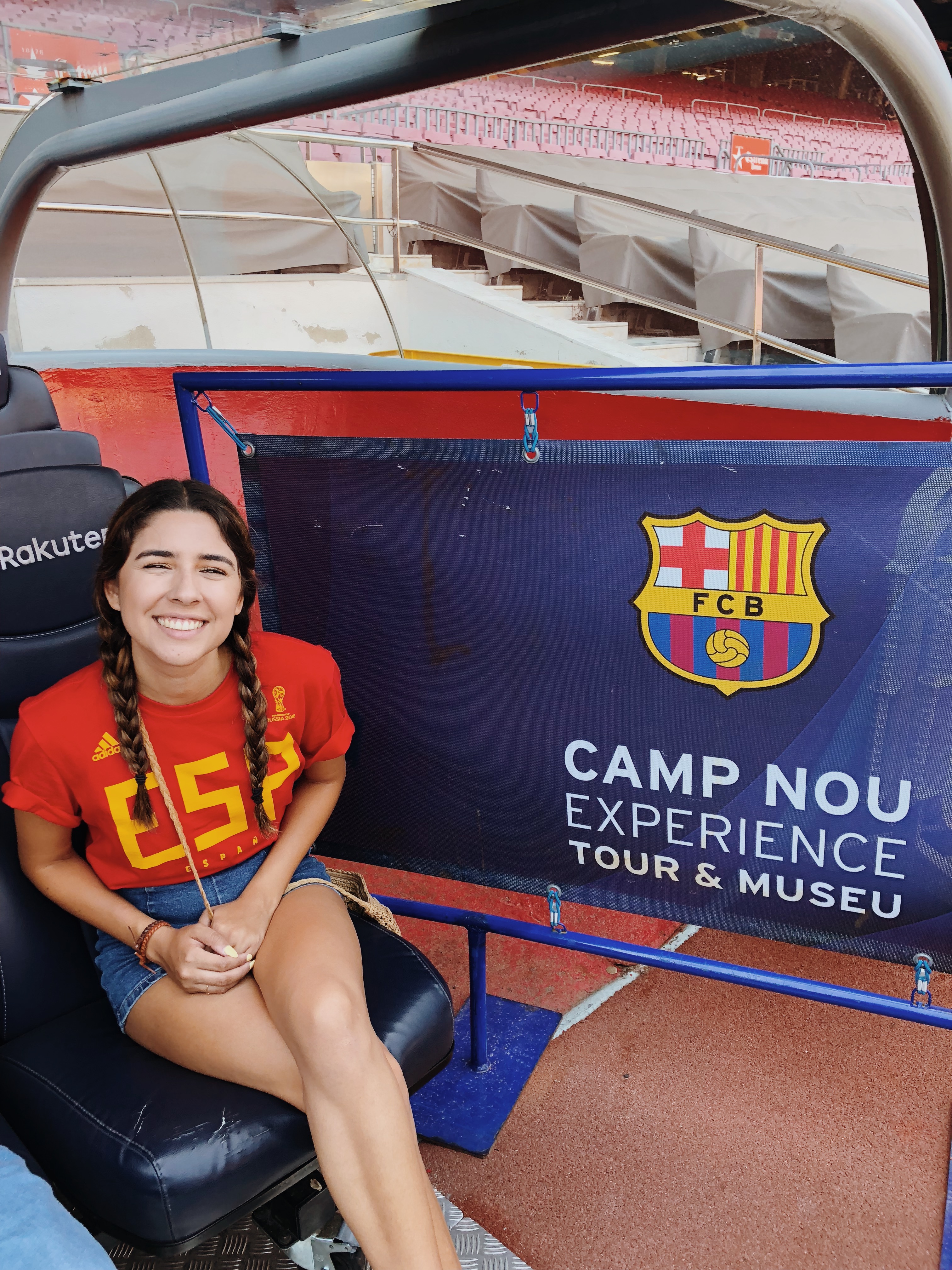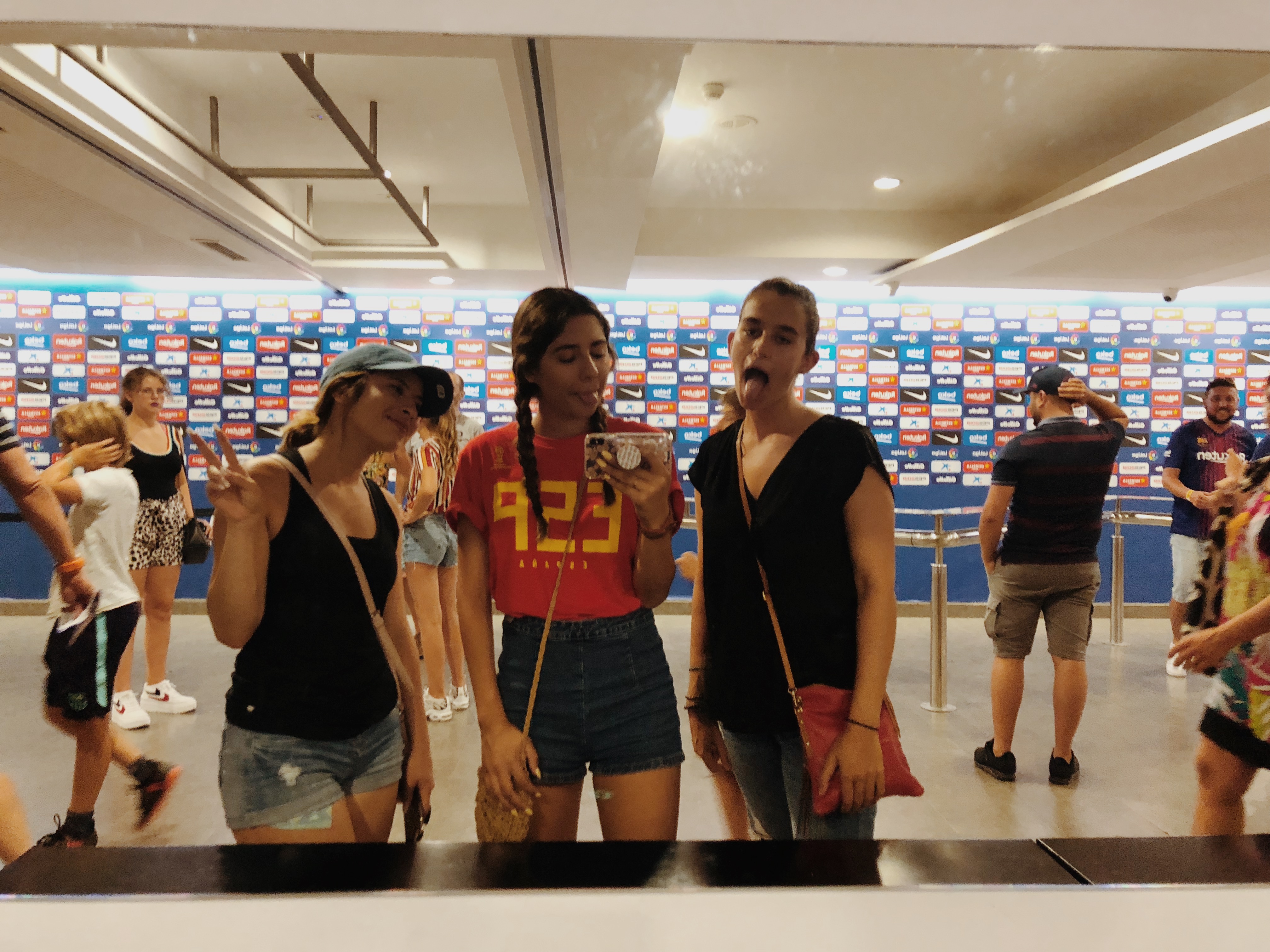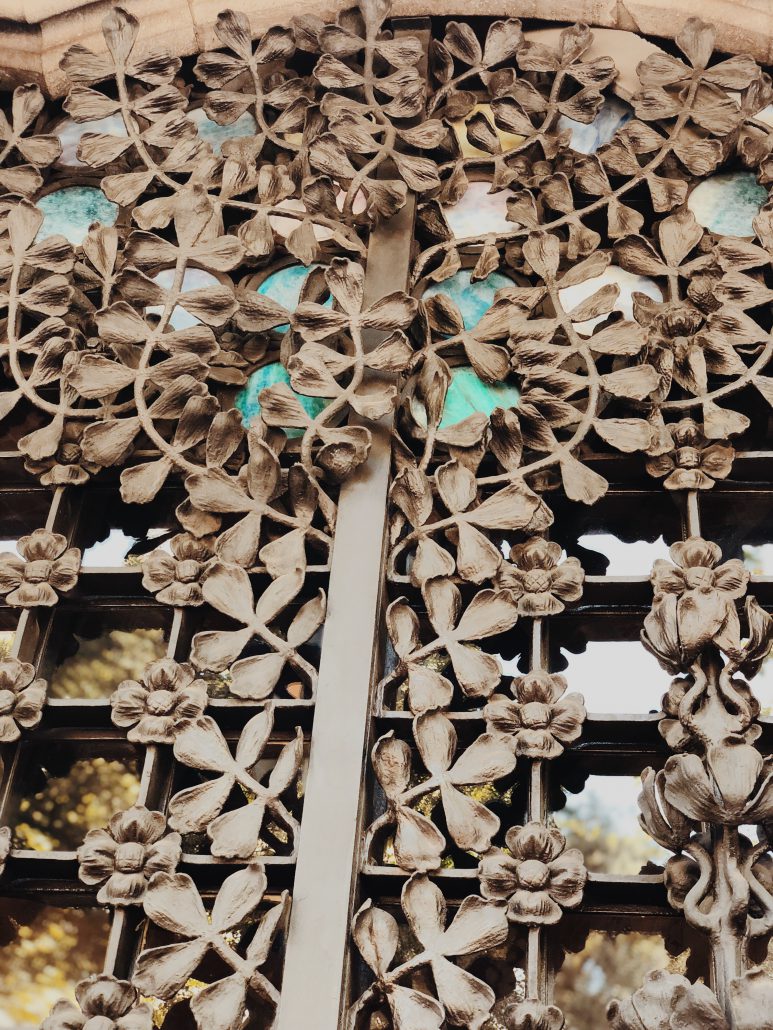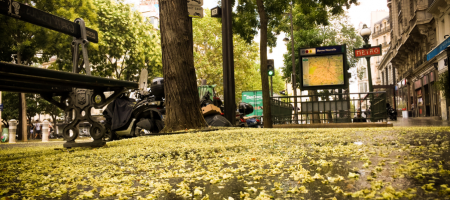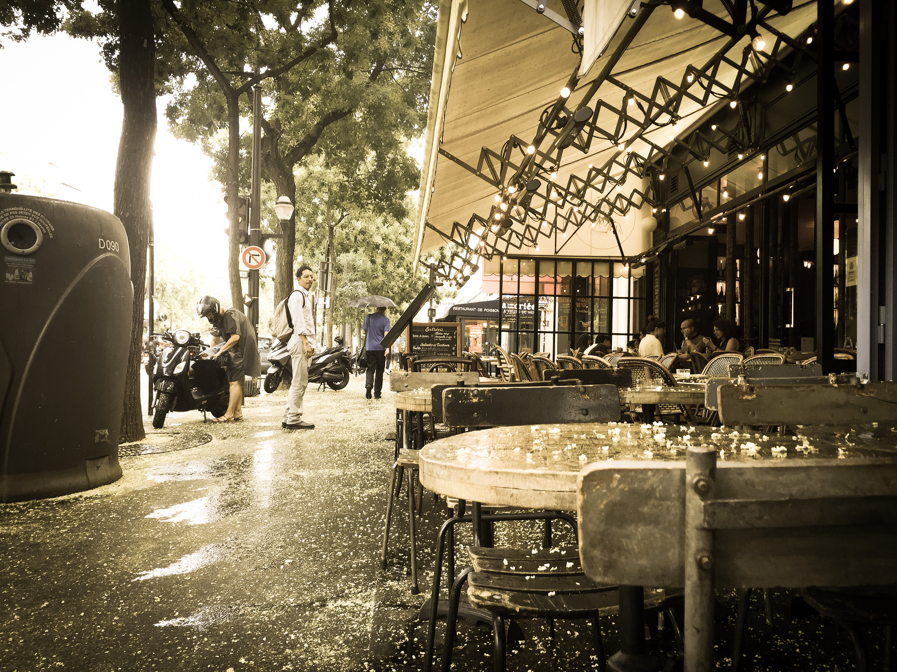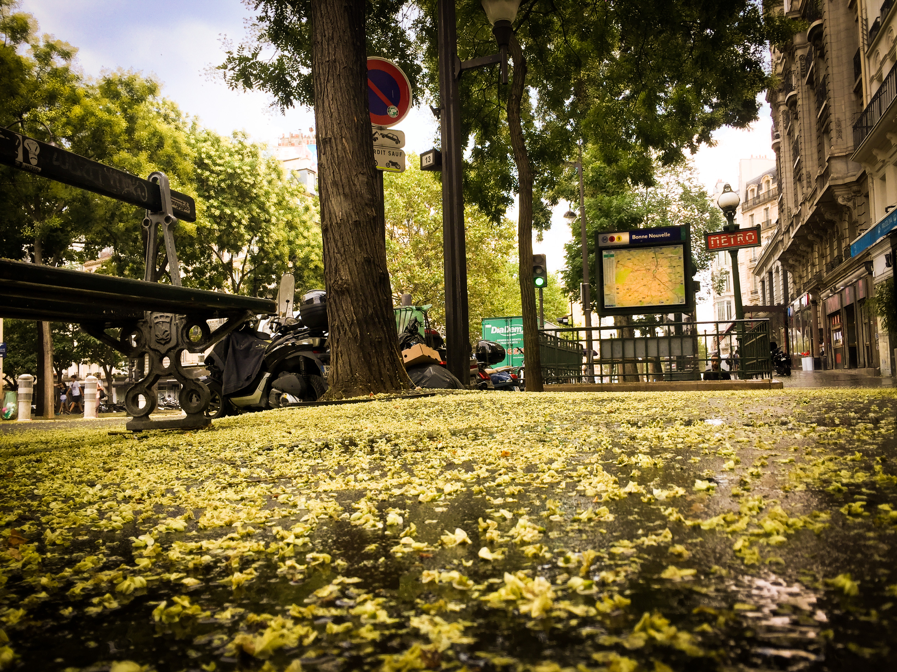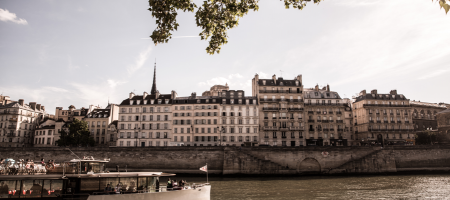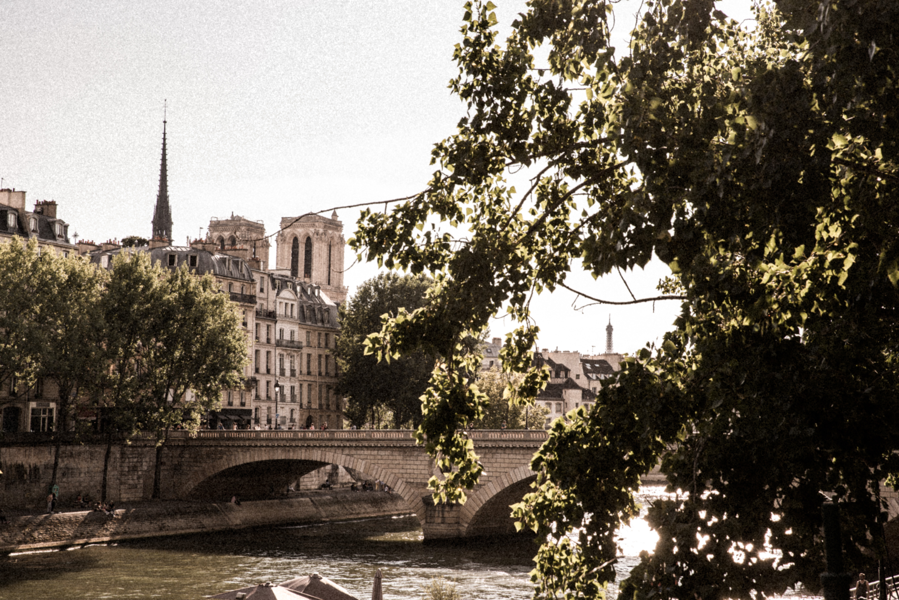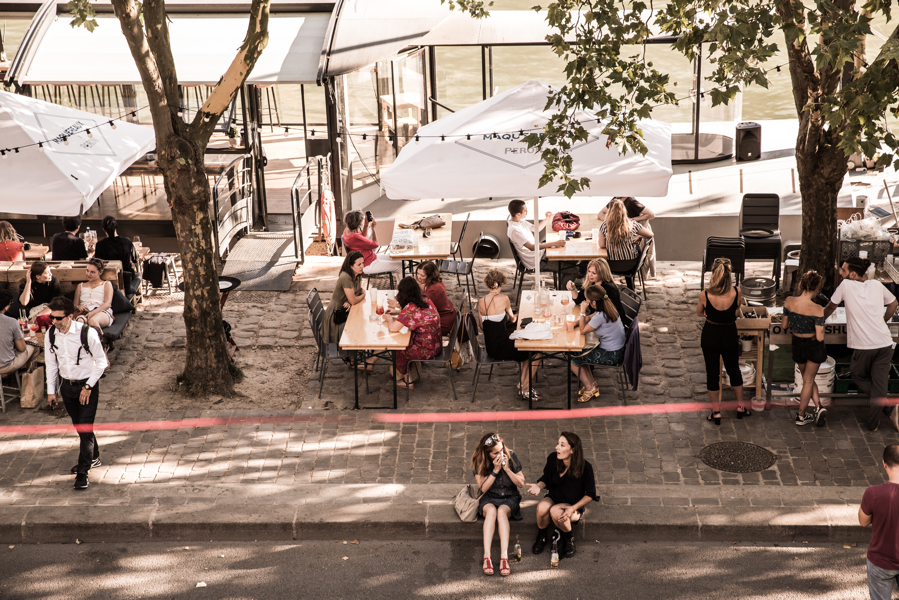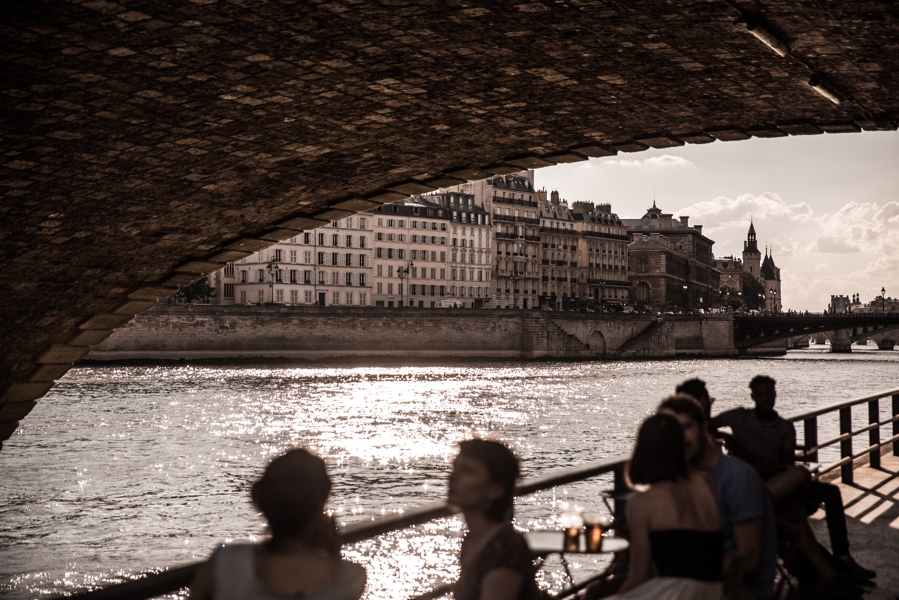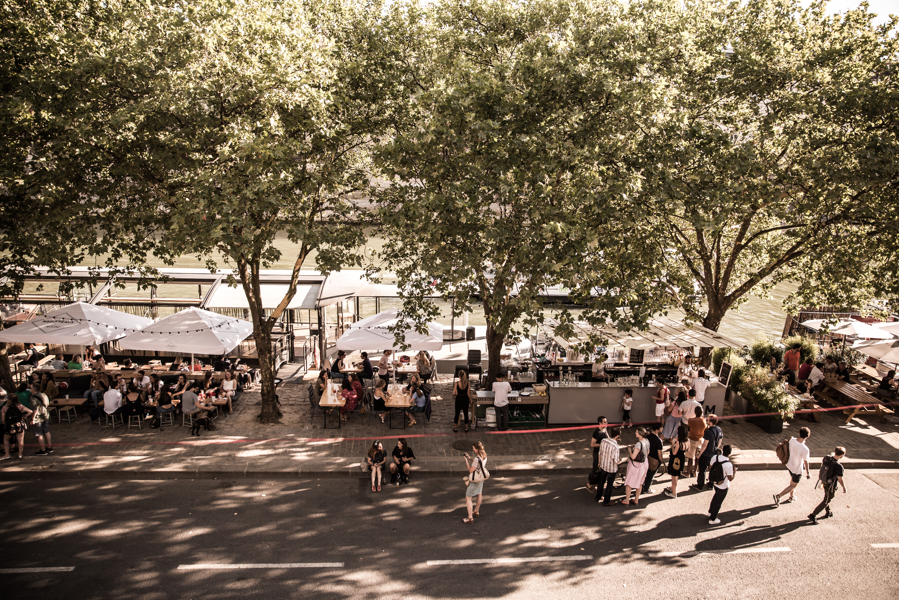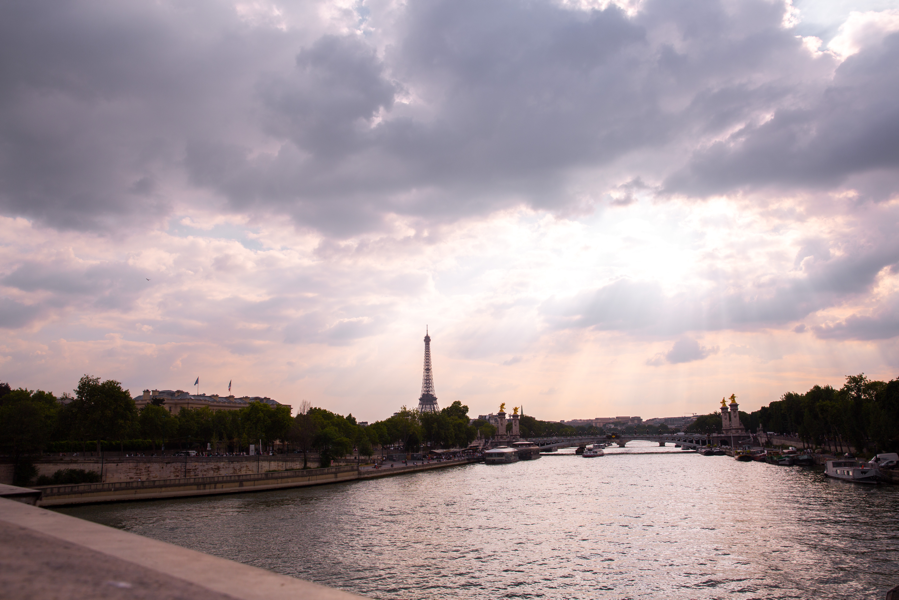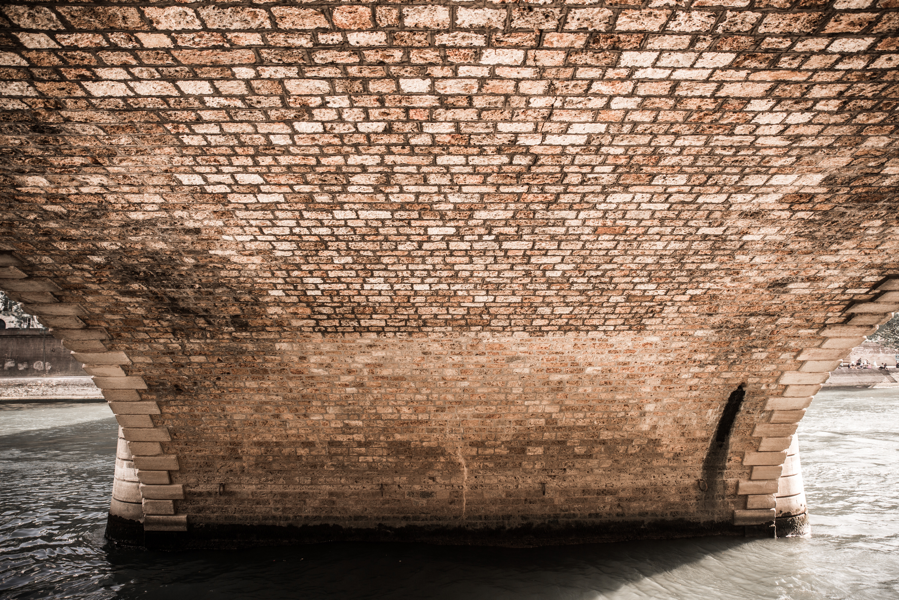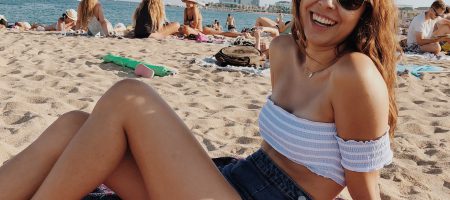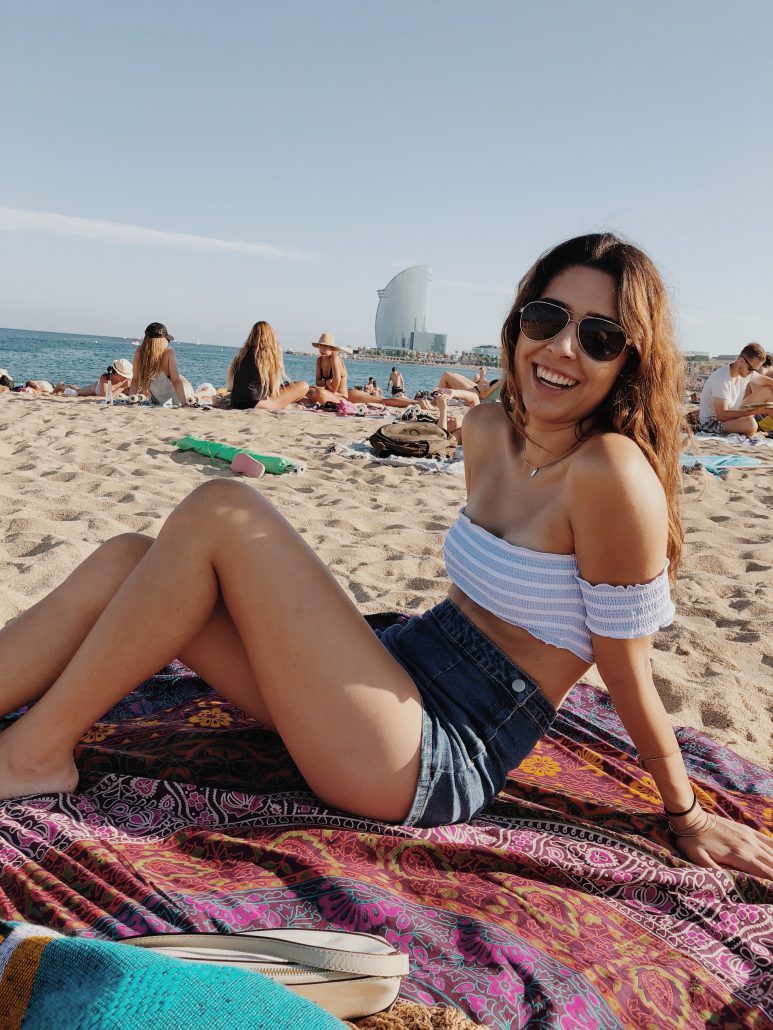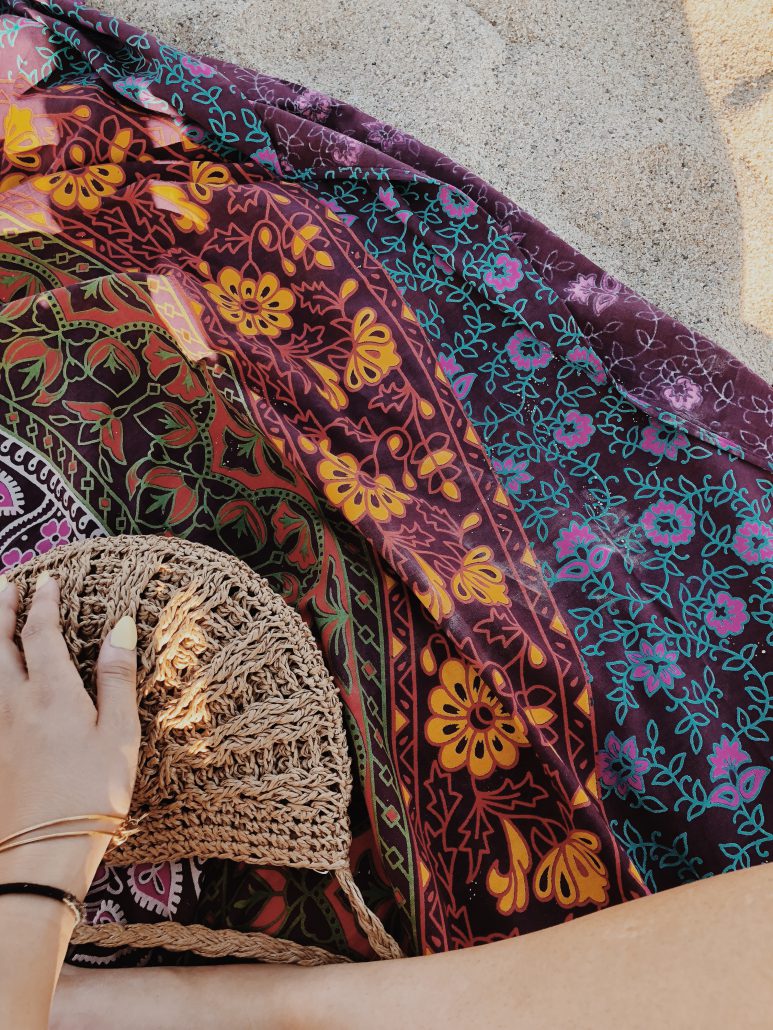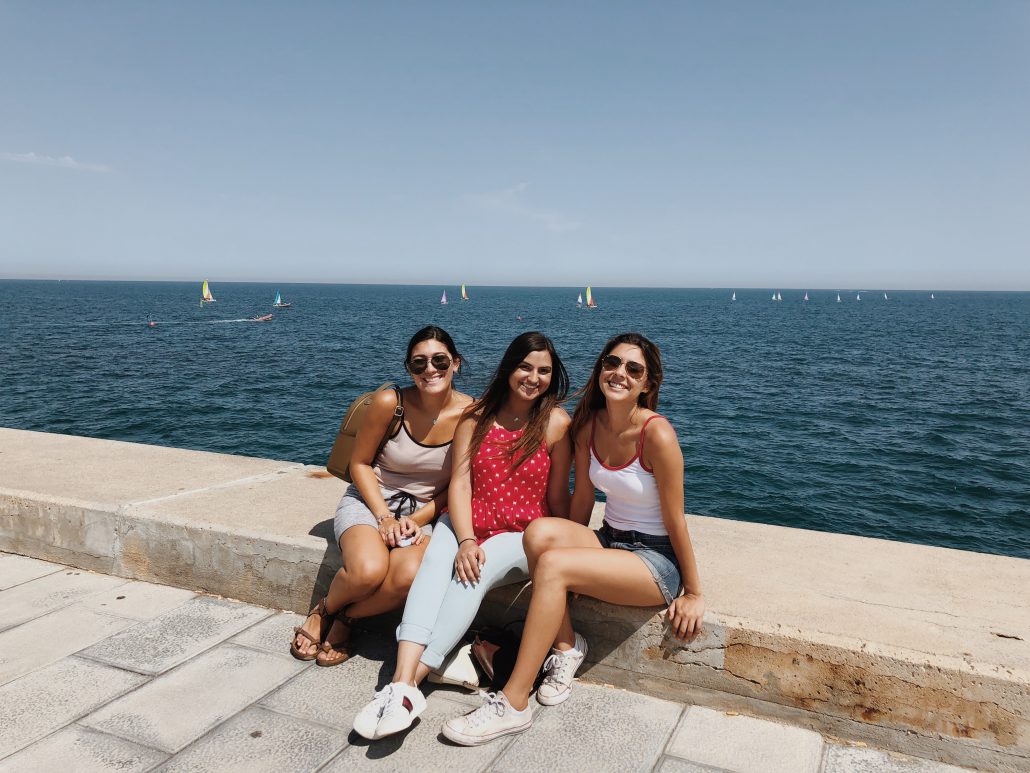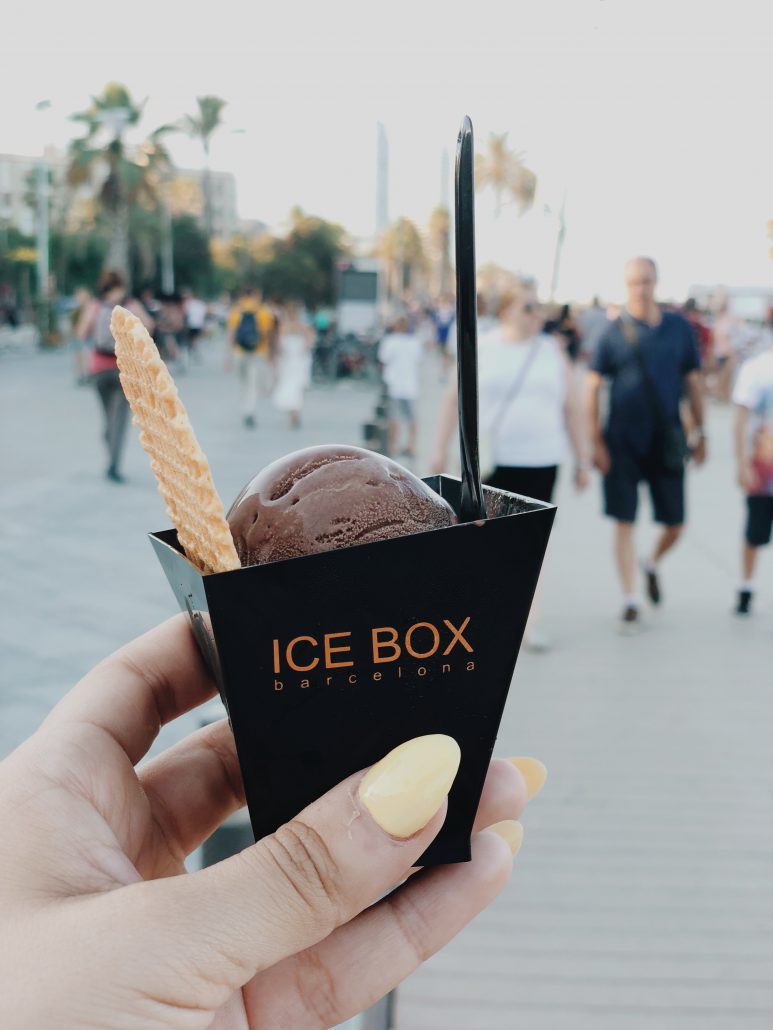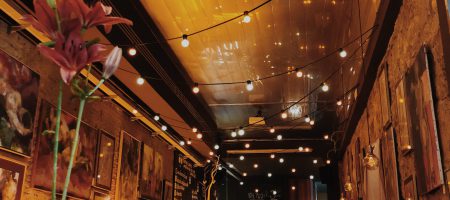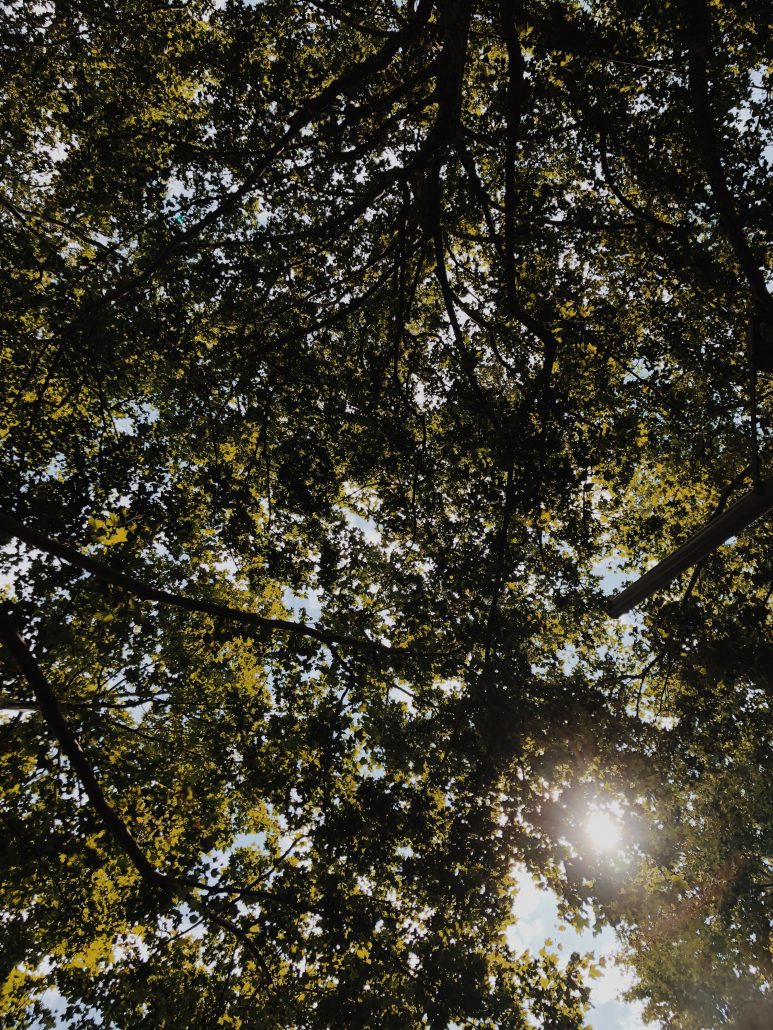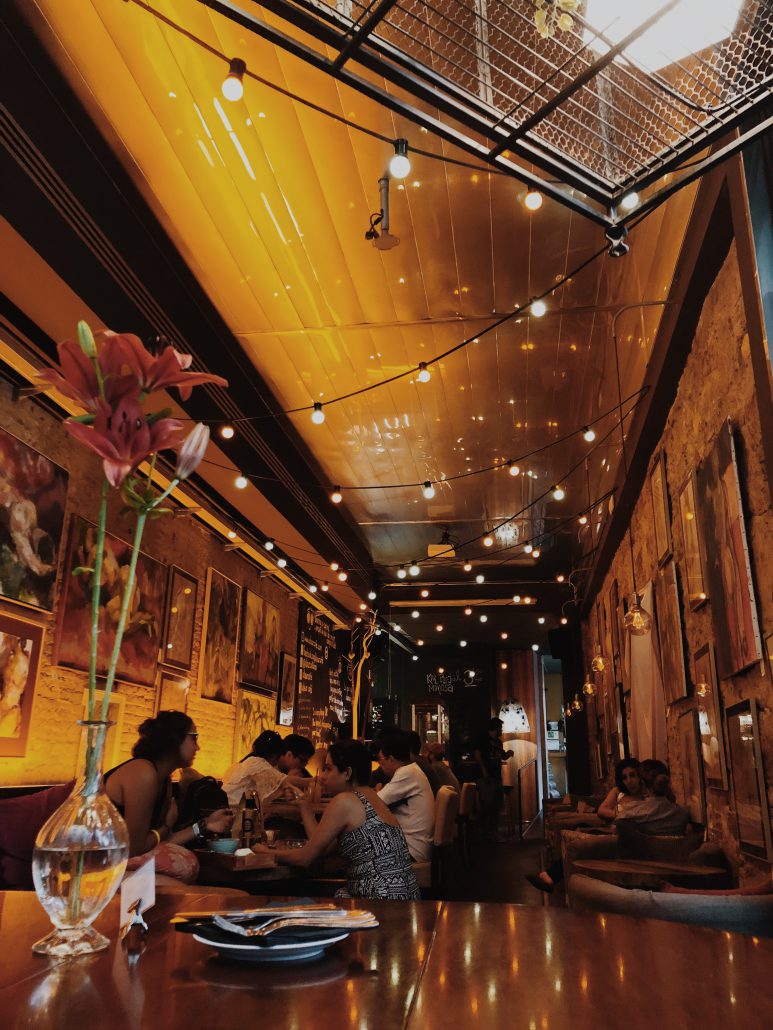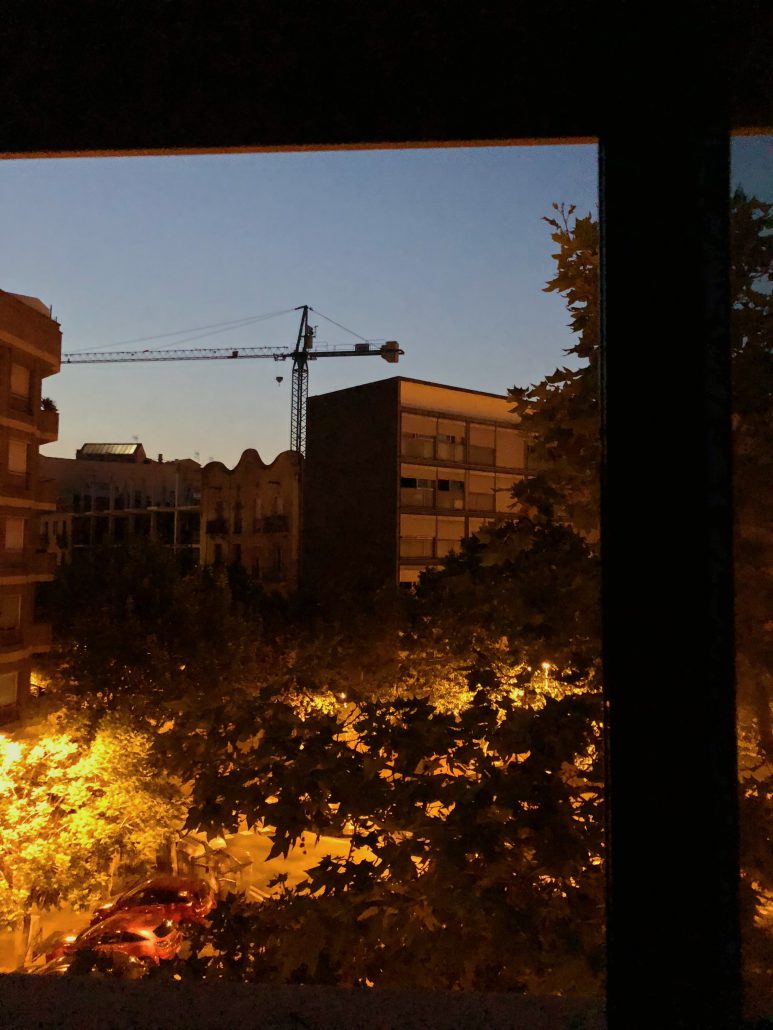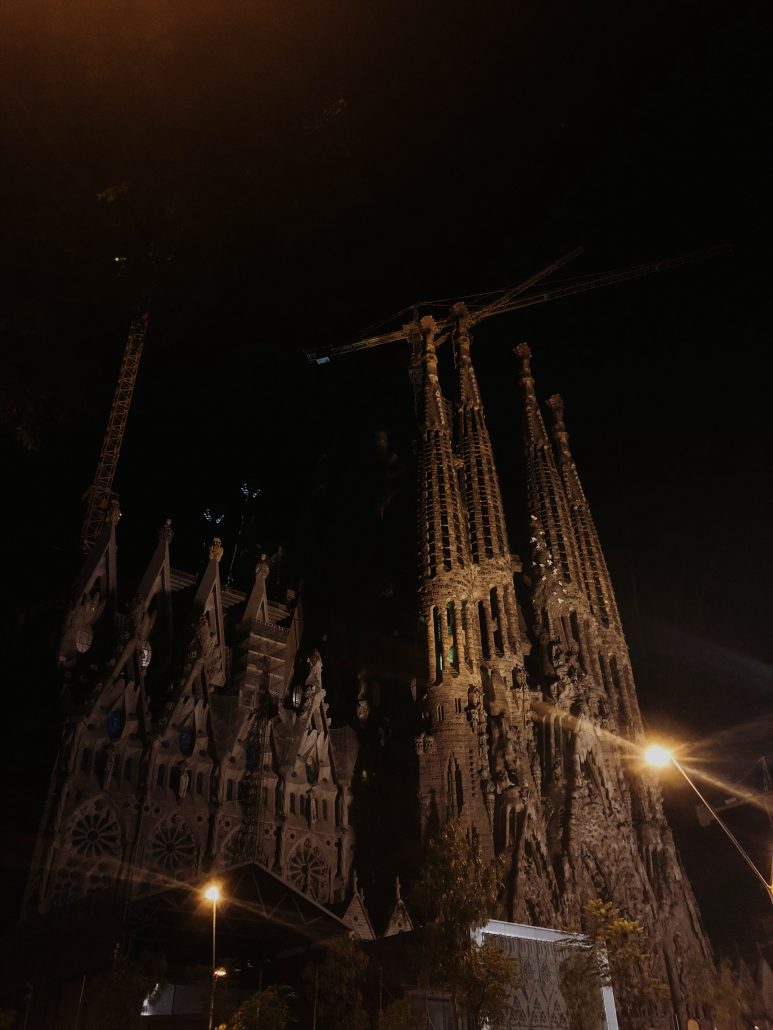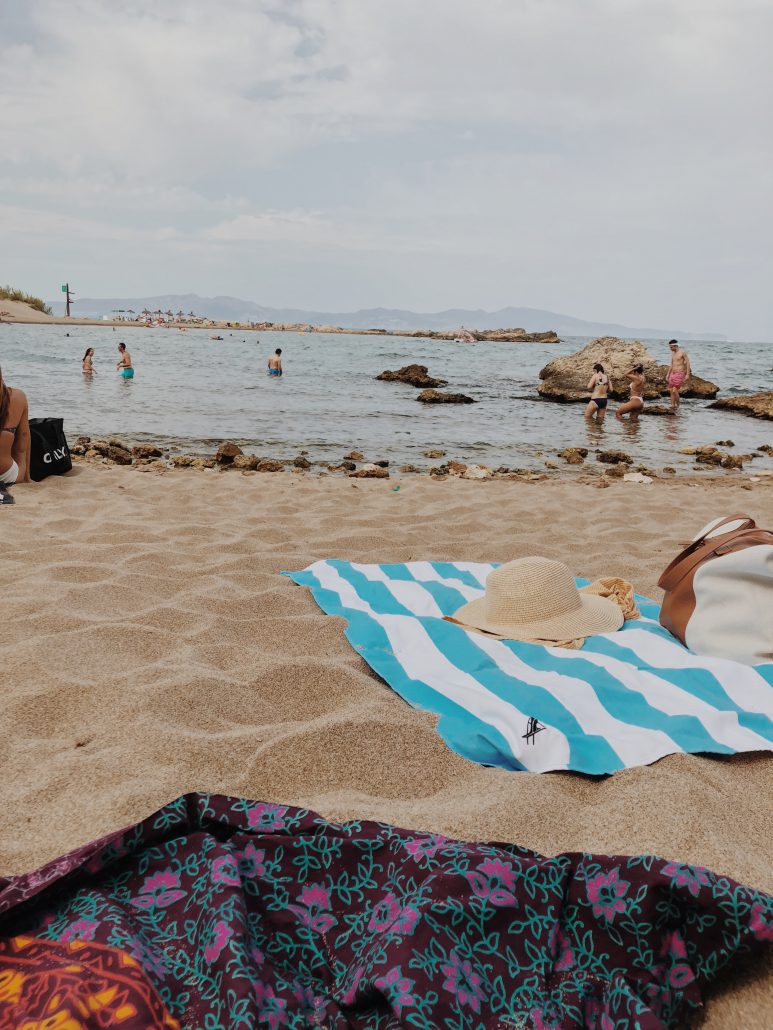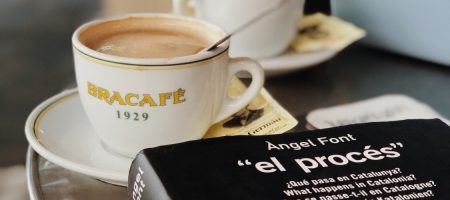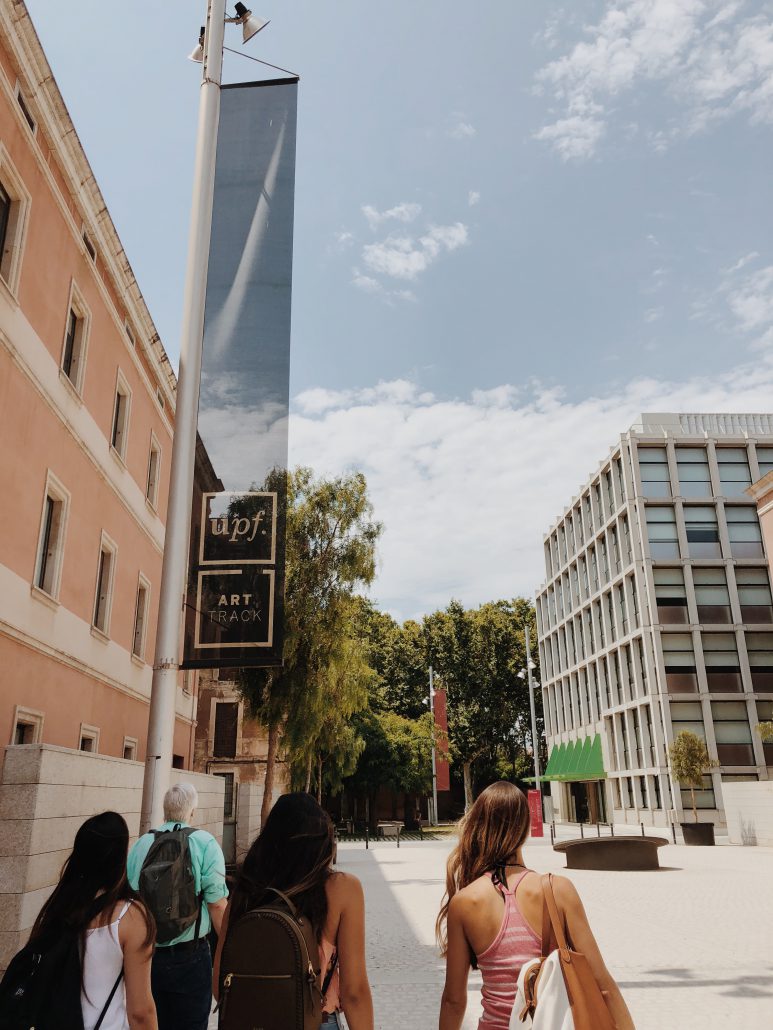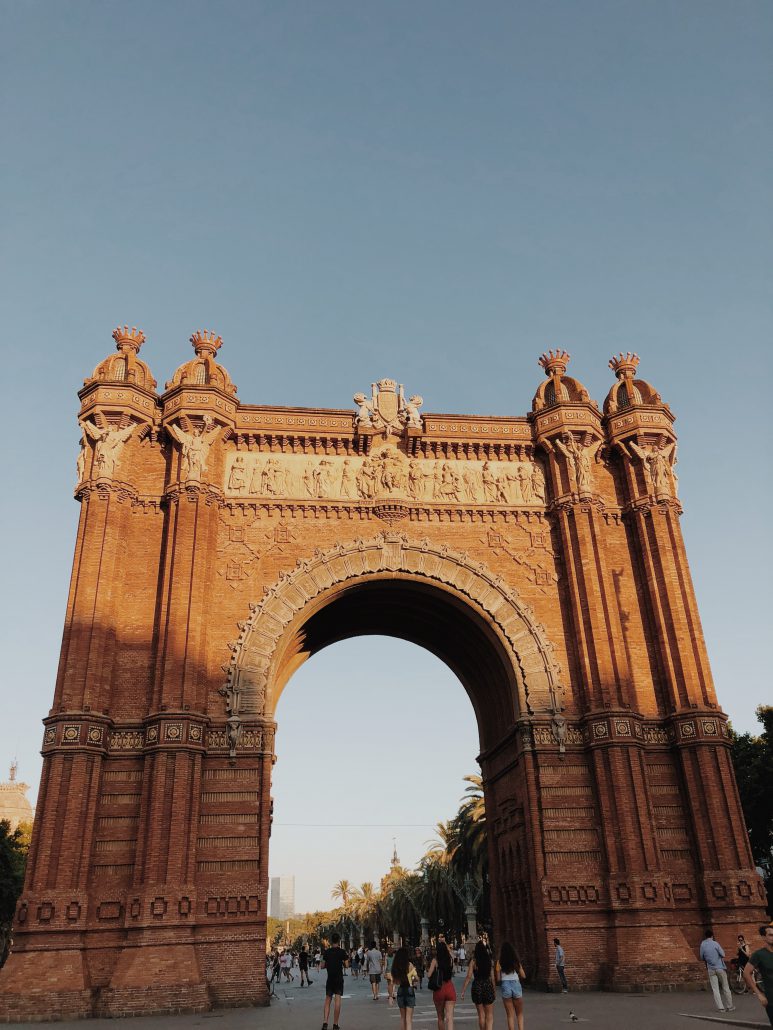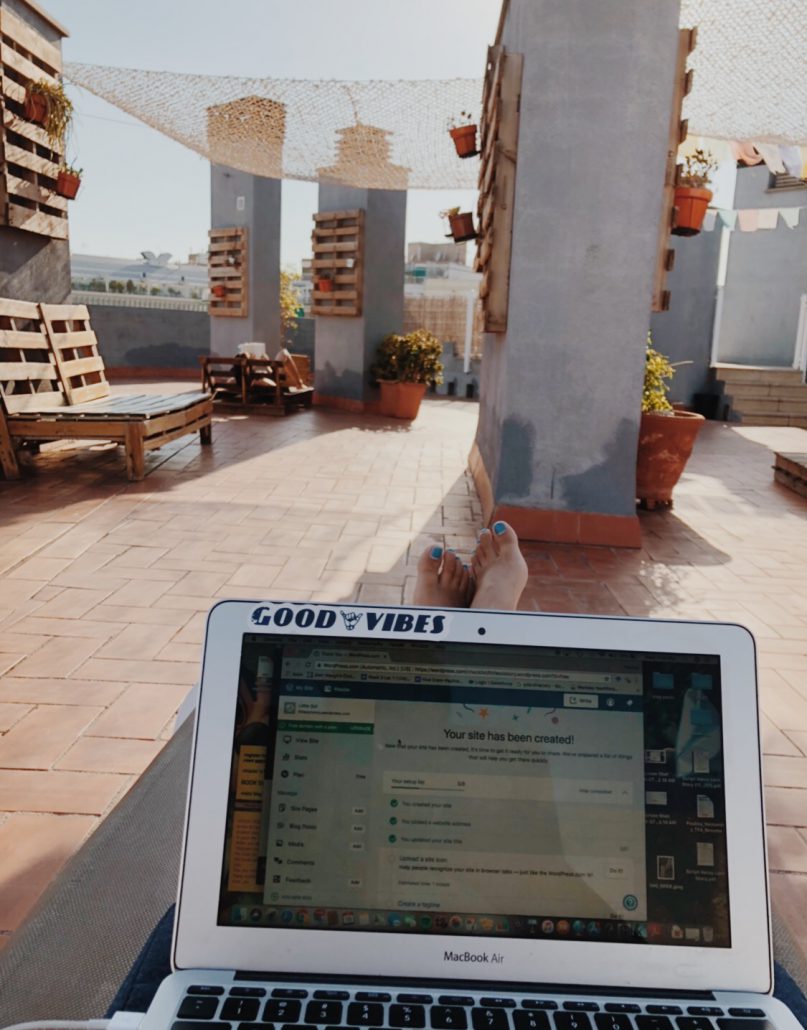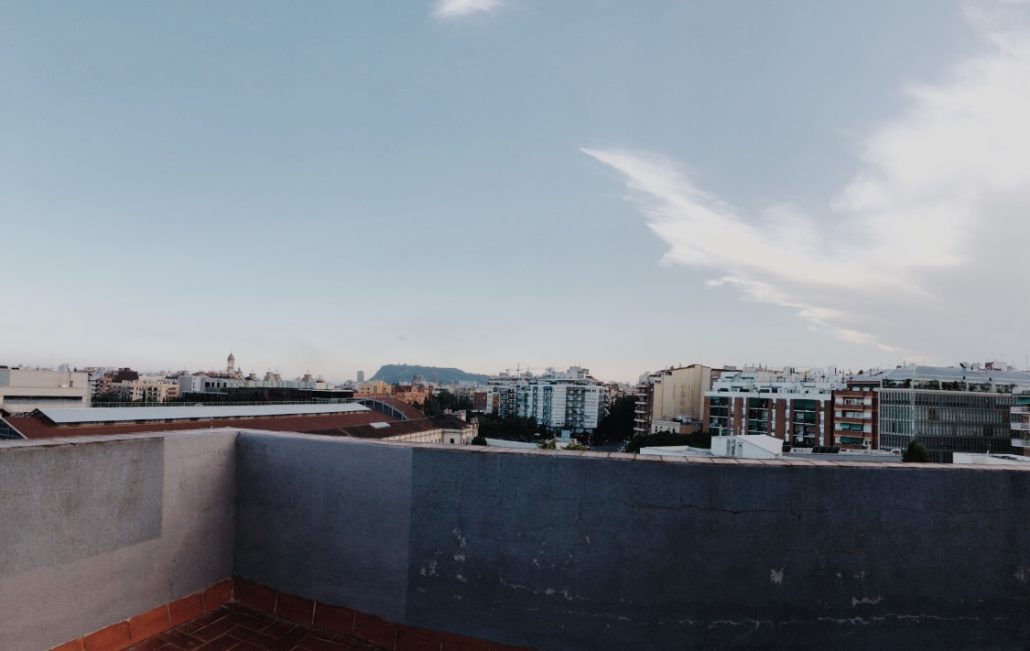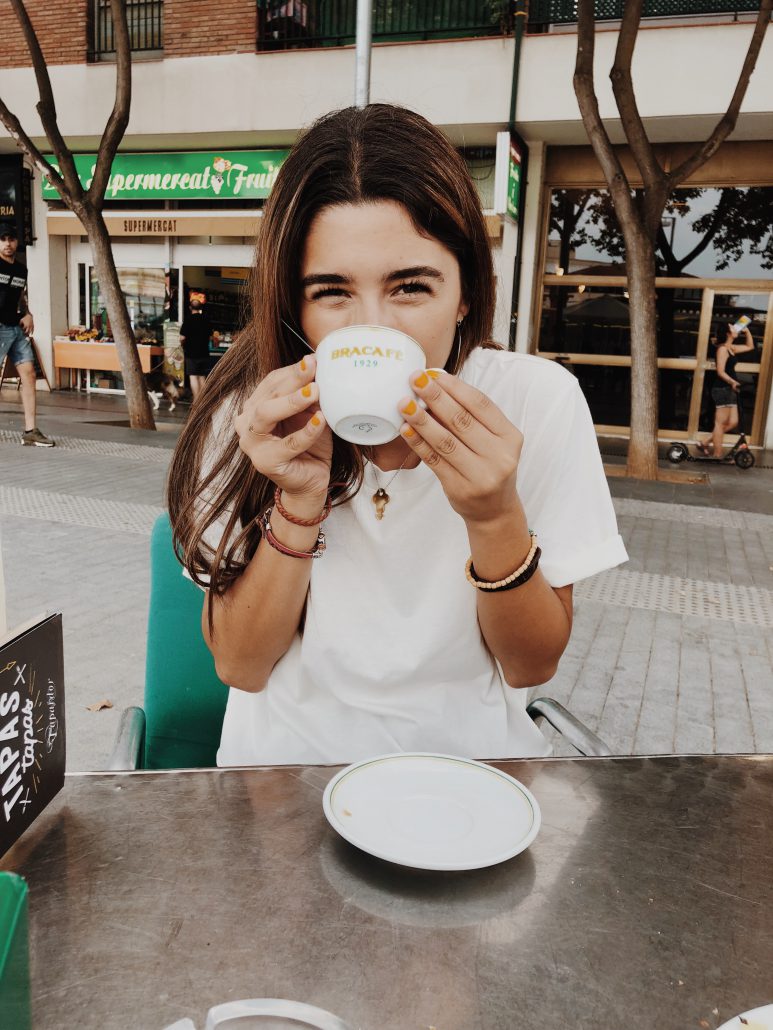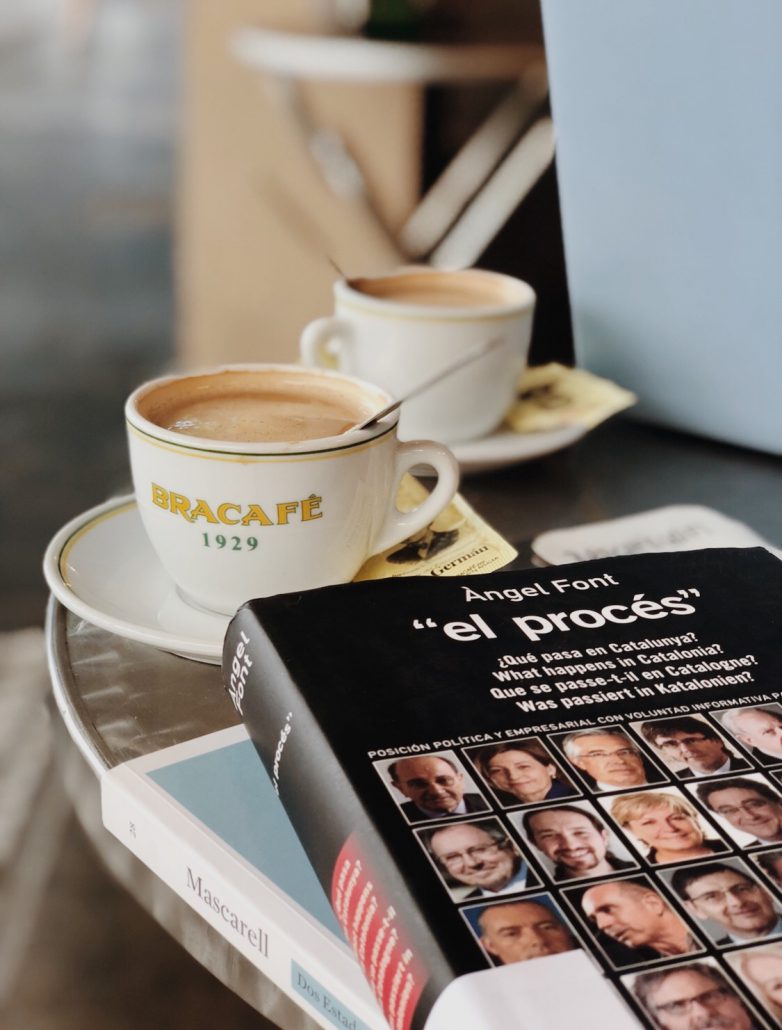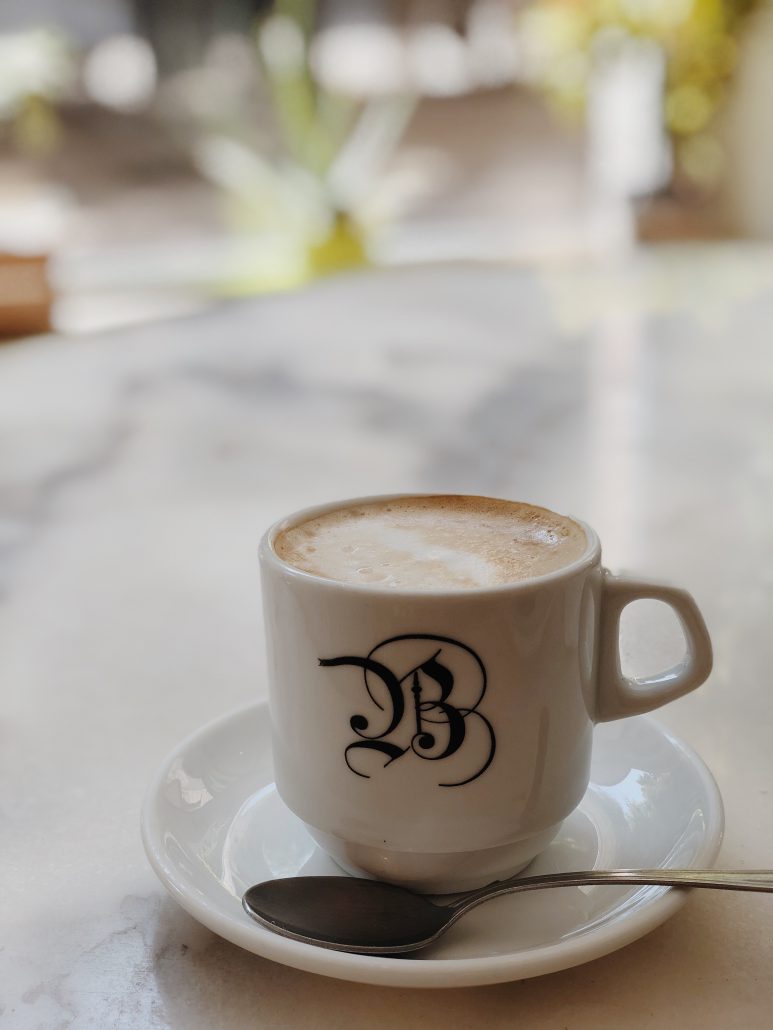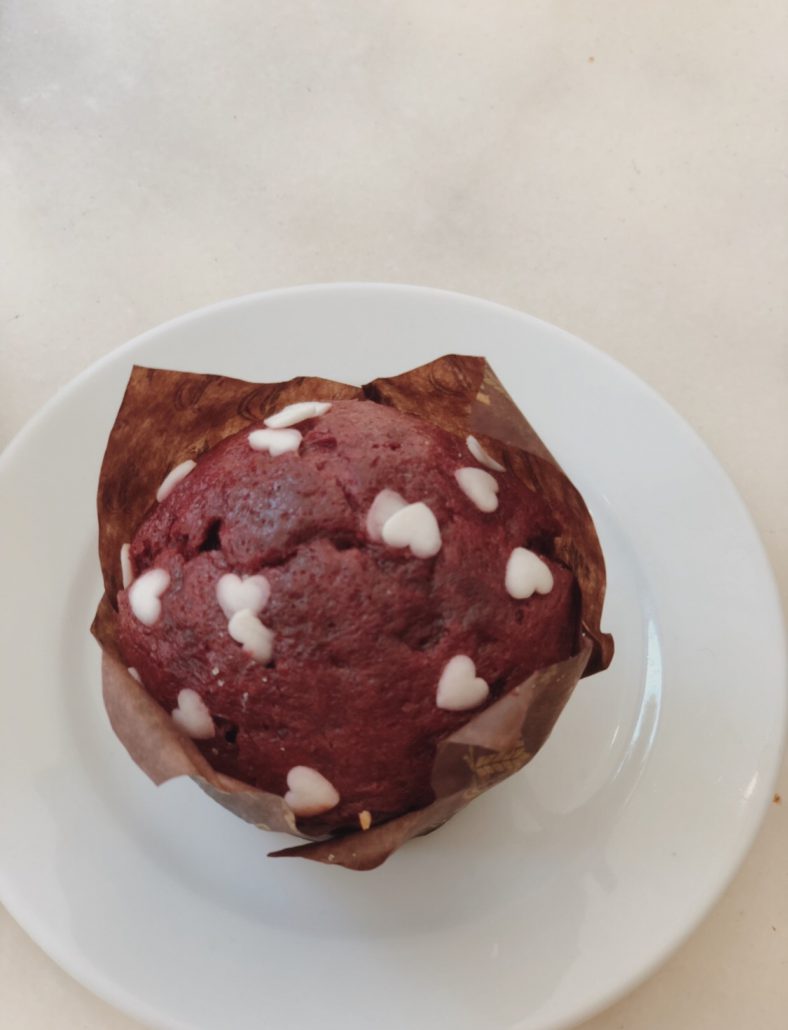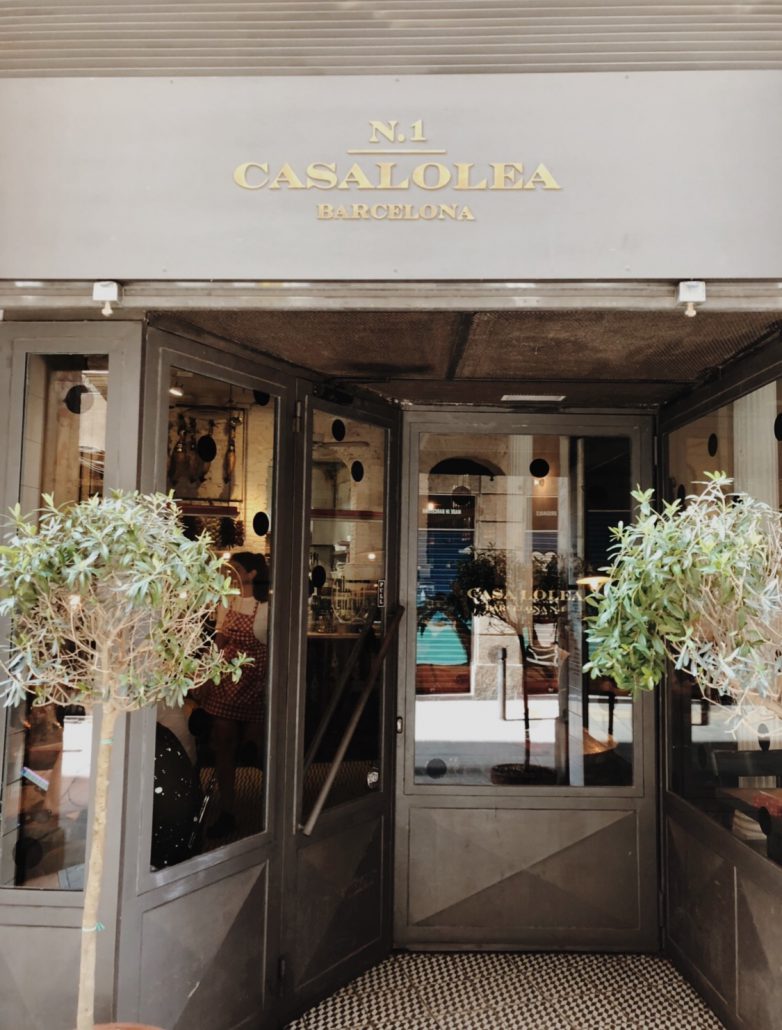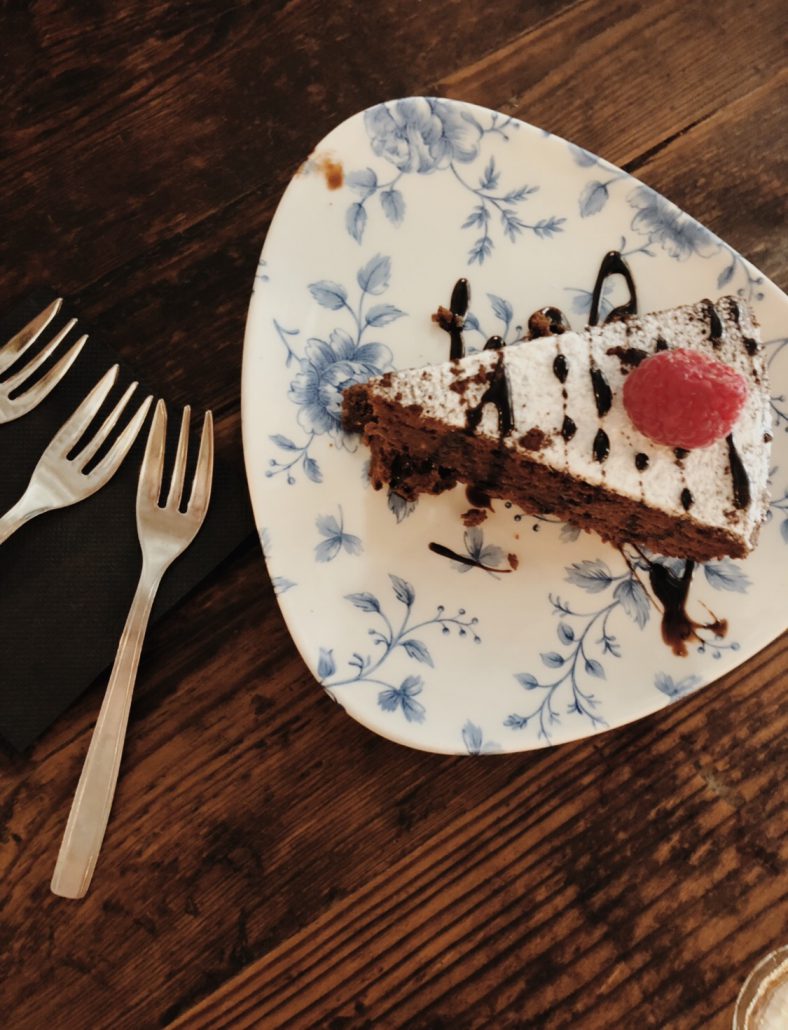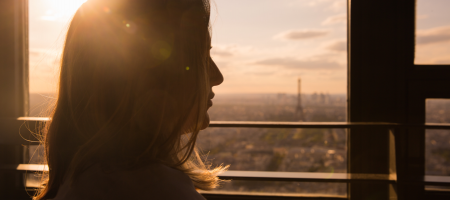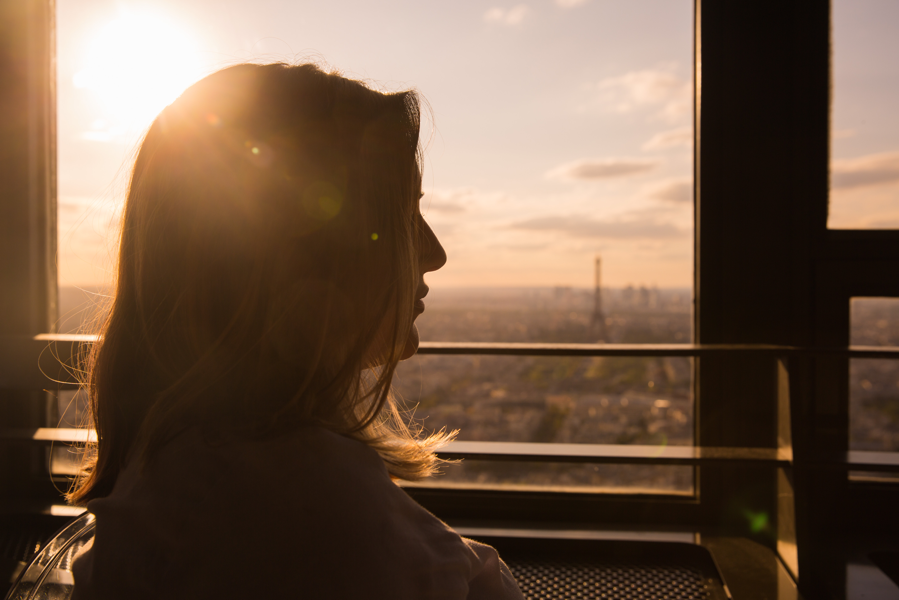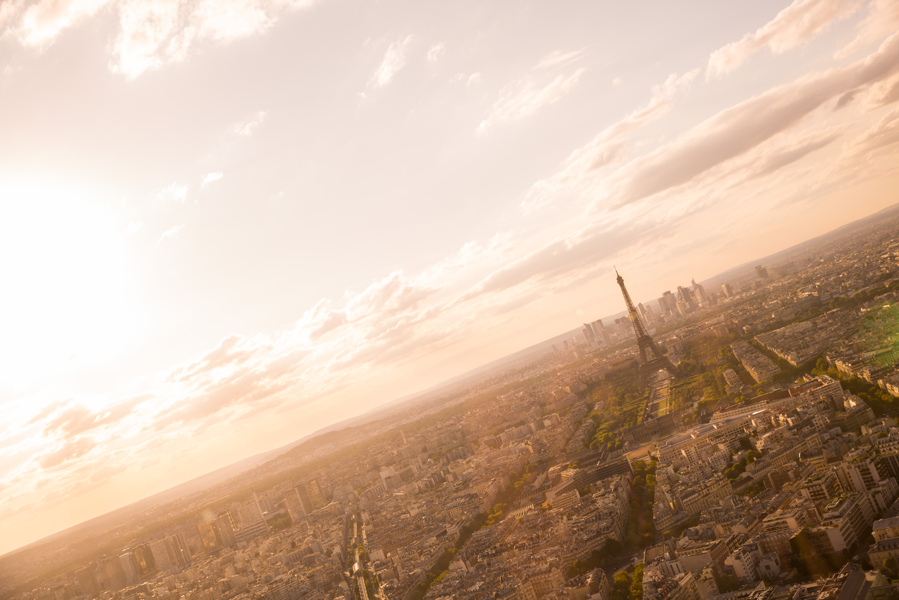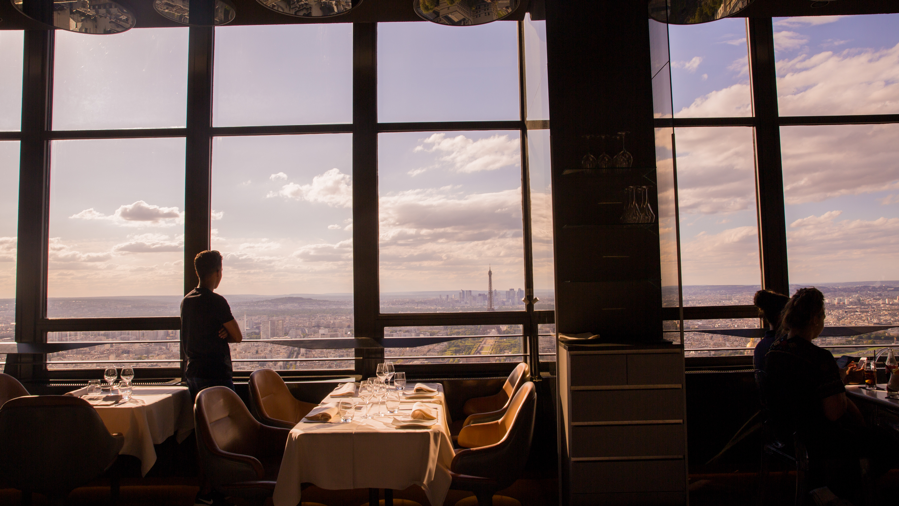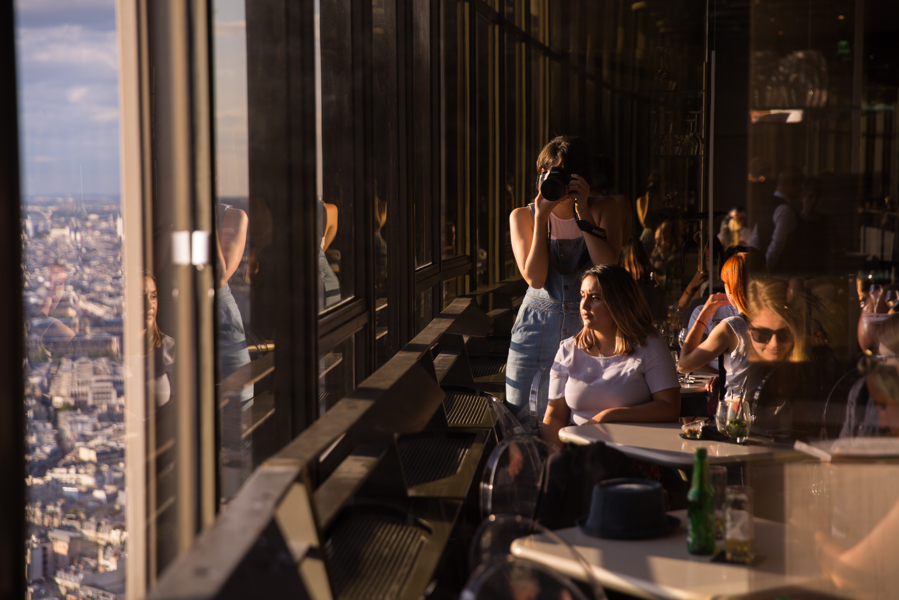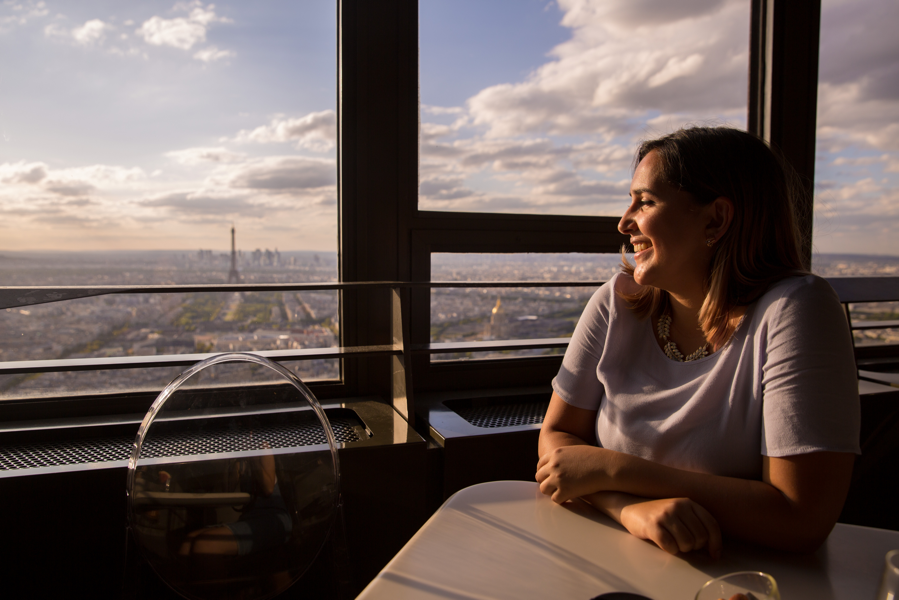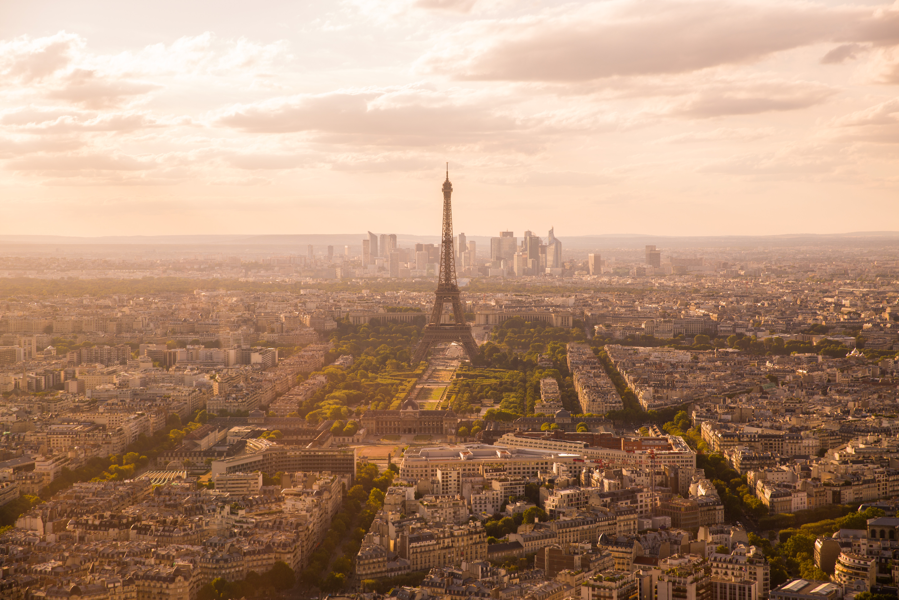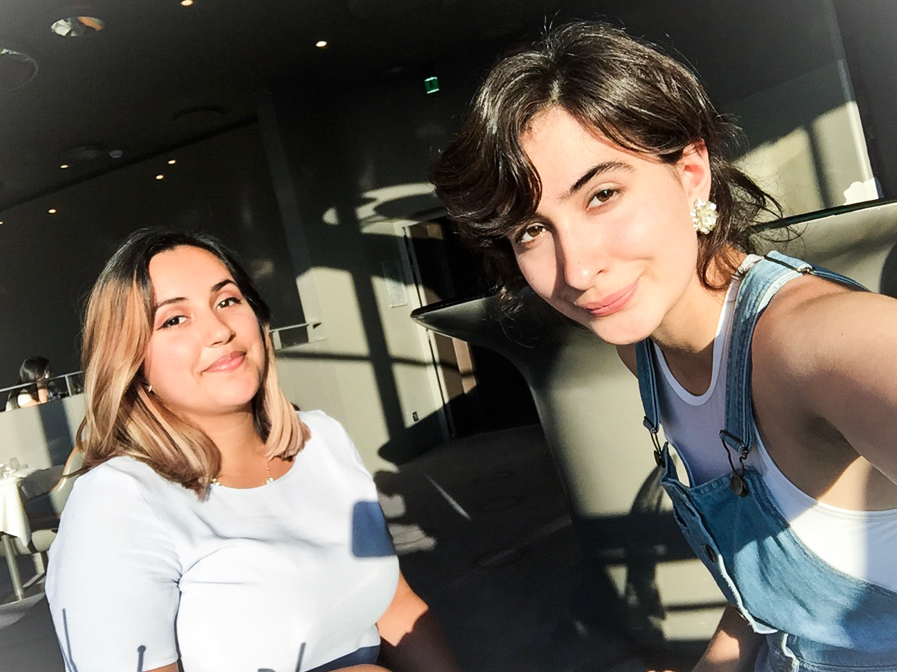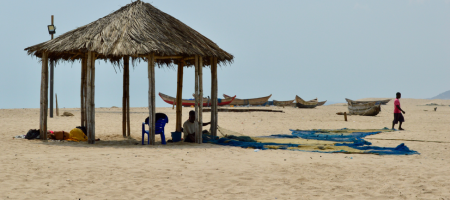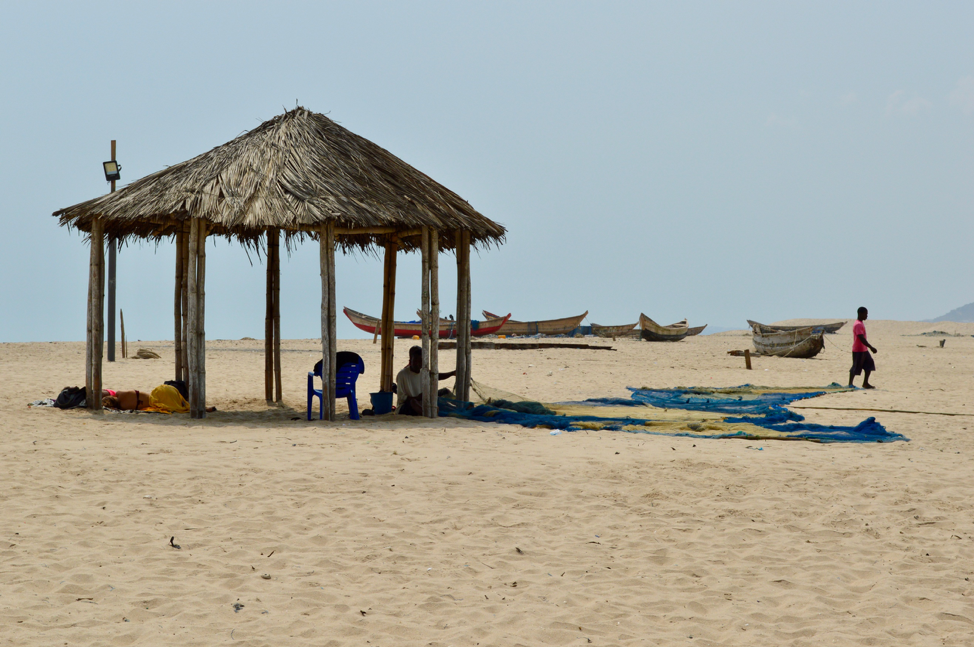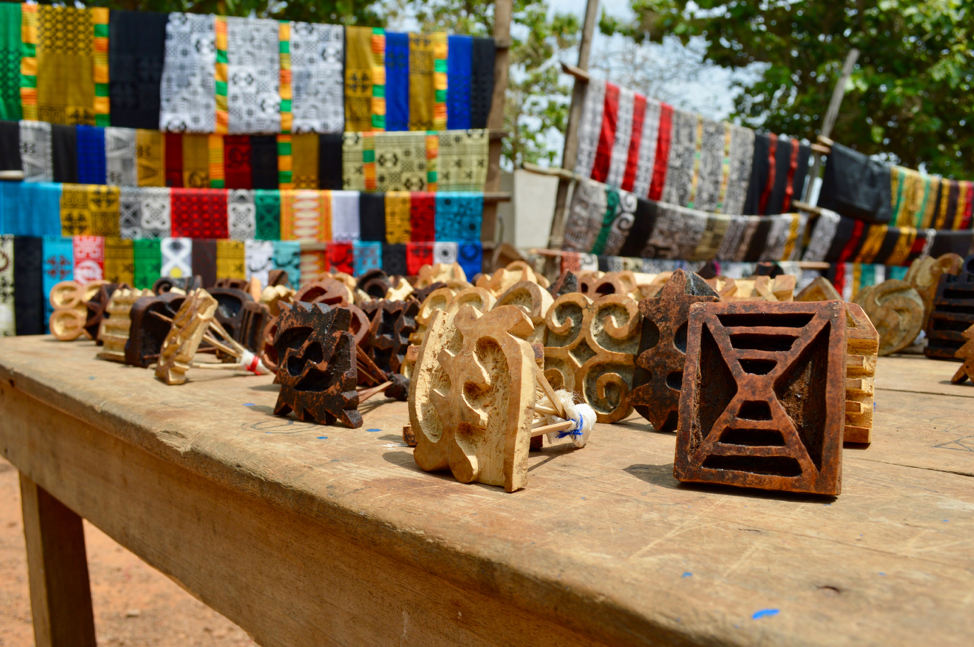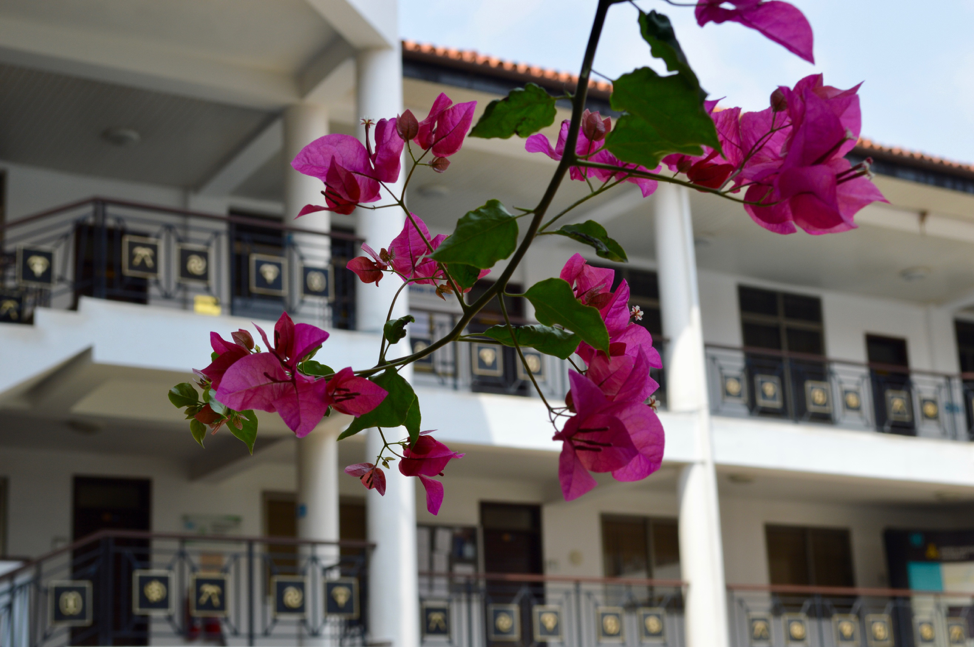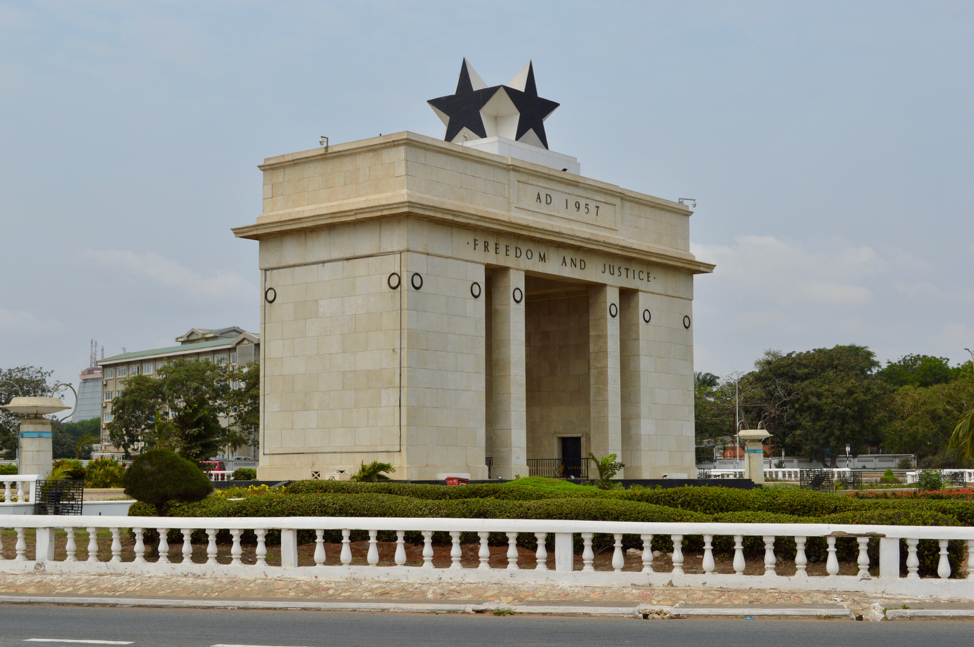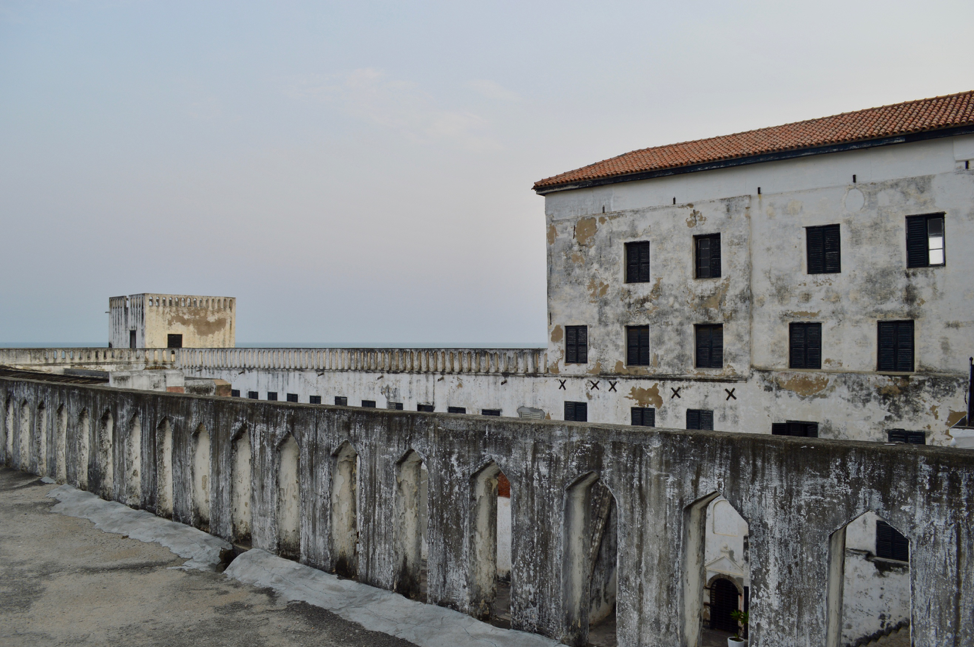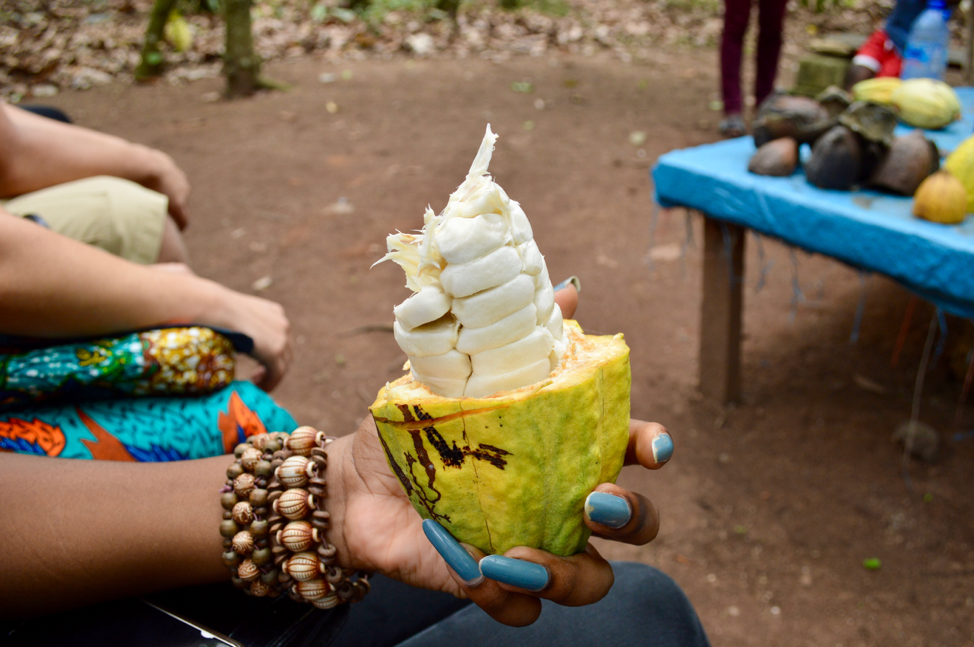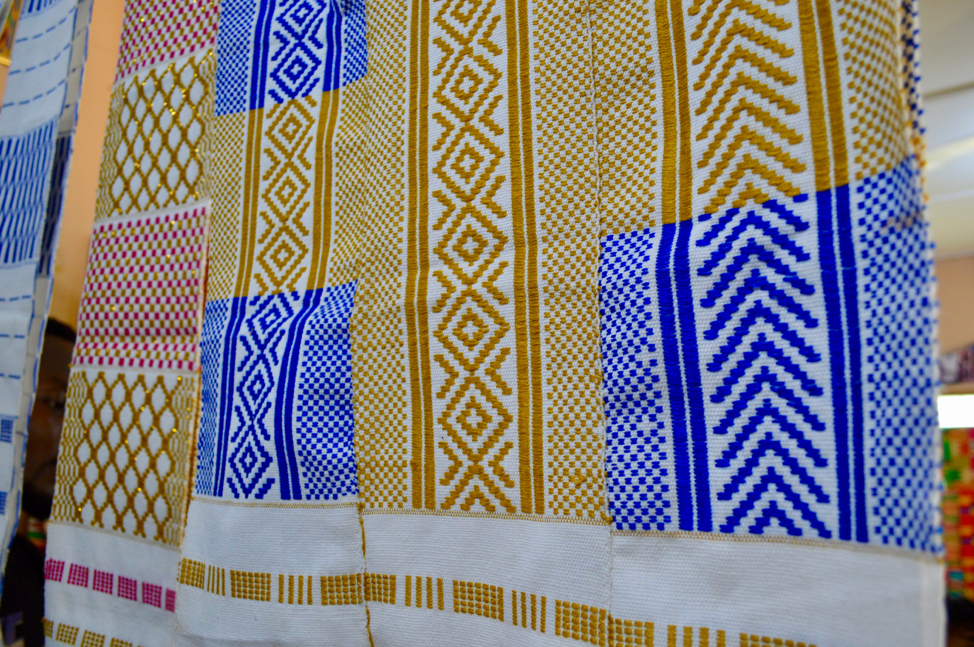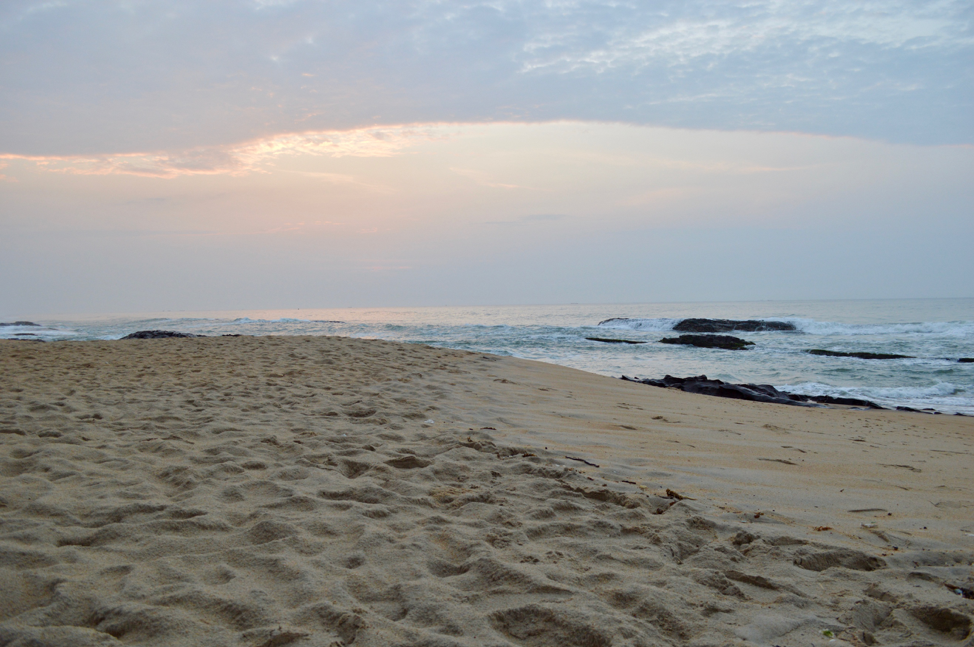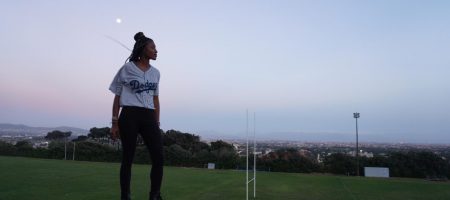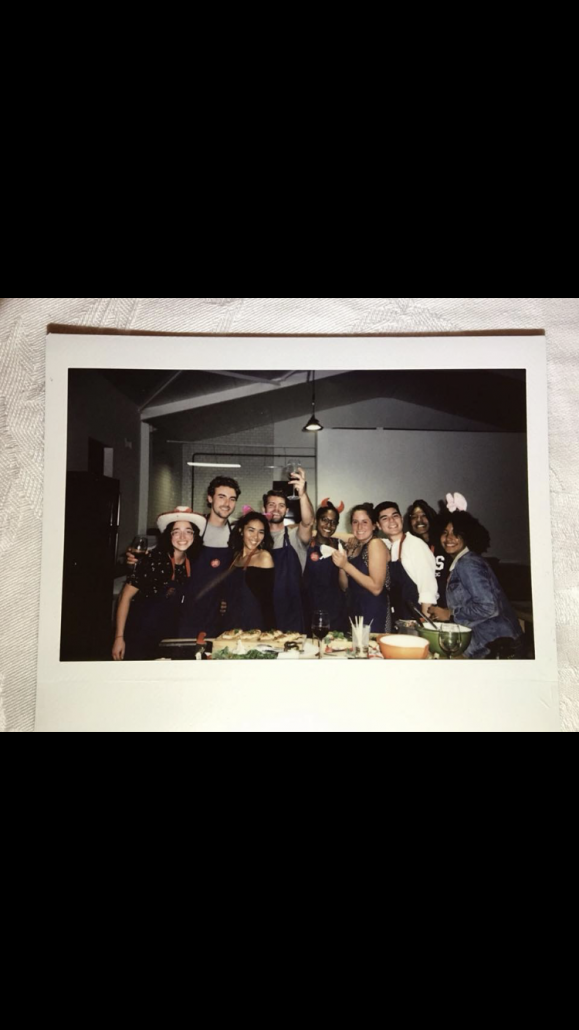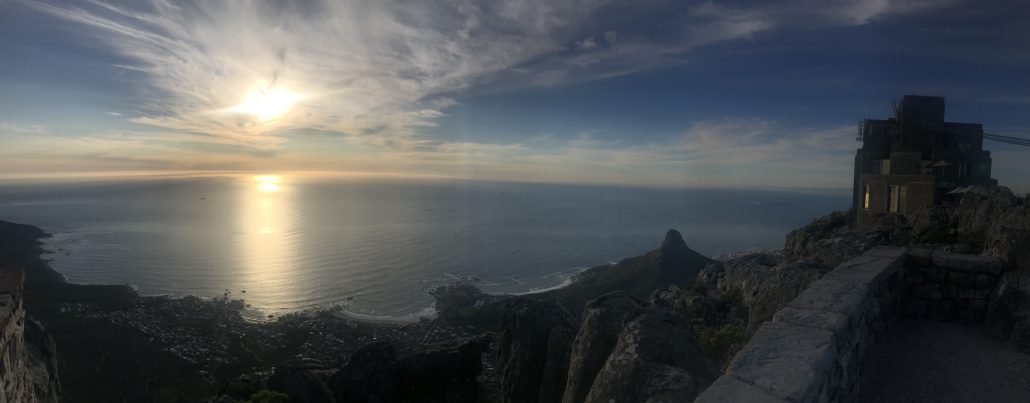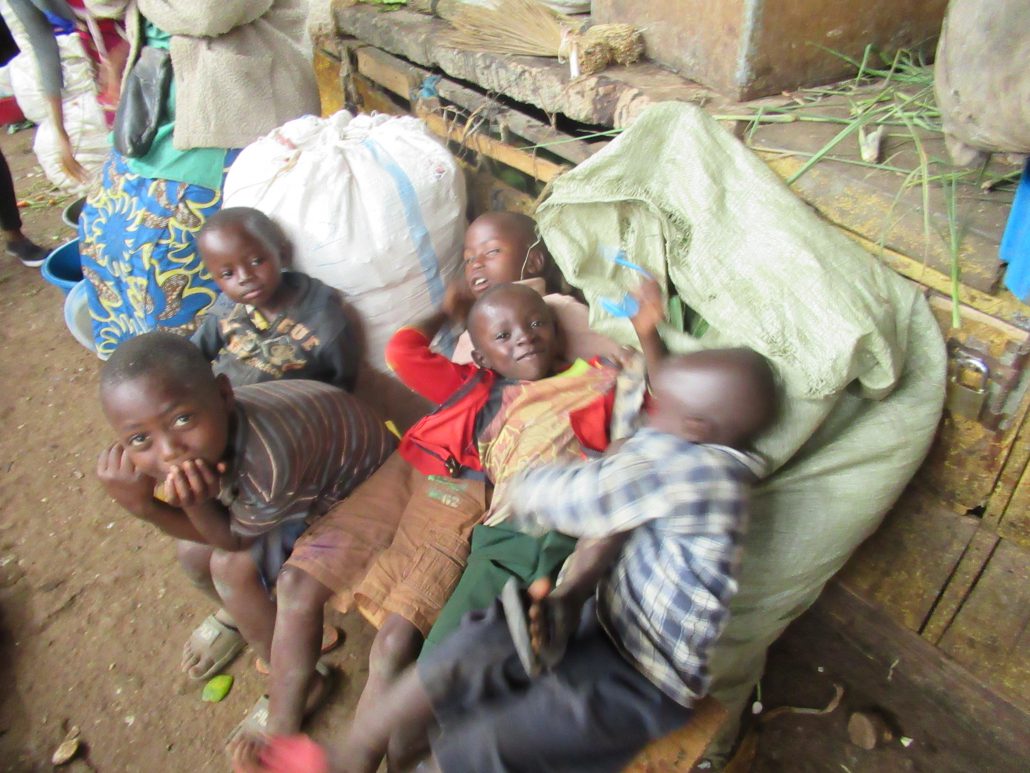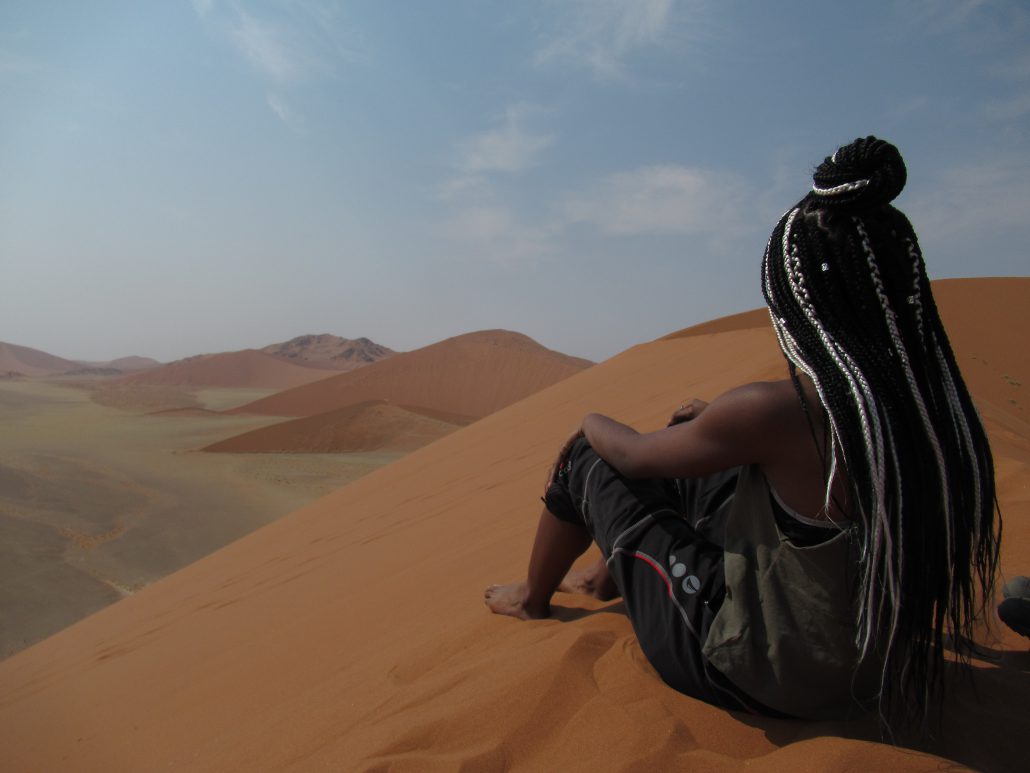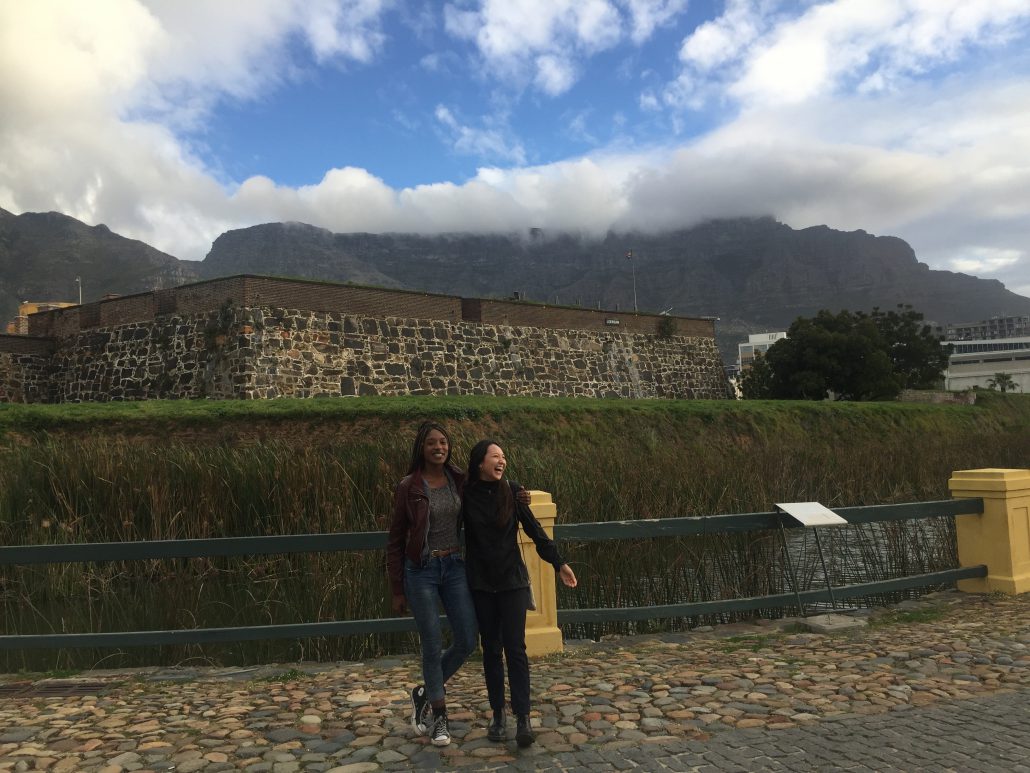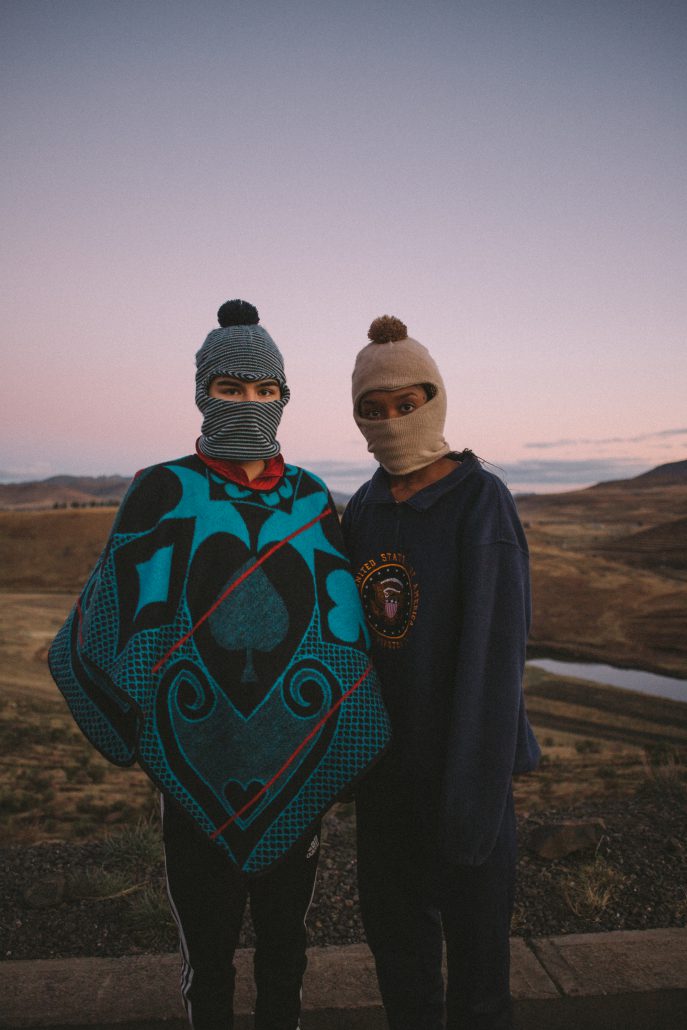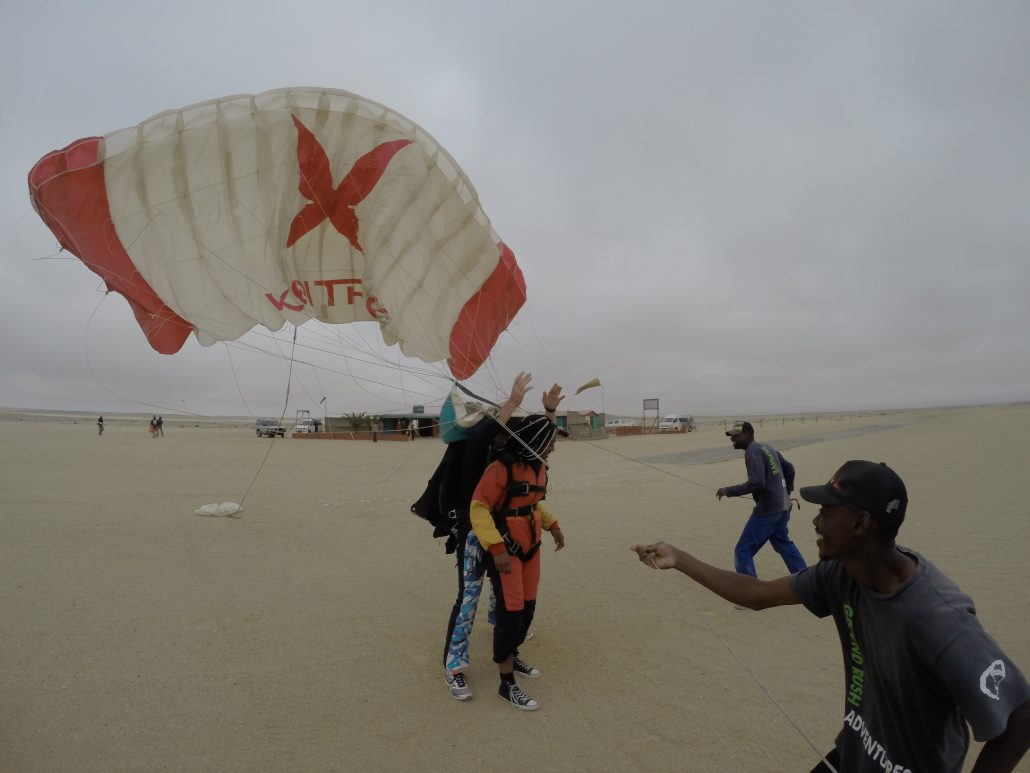Spain | Visiting Camp Nou
BY PAULINA HERNANDEZ
My family and I are major FC Barcelona fans, so I knew visiting Camp Nou was definitely on my to-do list. I went with 2 friends from the program who mentioned they were going one day after class. Purchasing the tickets online was very easy, though you can also buy them at the stadium. We decided to do the cheapest option that included the museum and tour of the stadium for 25 Euros, and let me tell you, it was WORTH IT! They have other options that include more but are more expensive but include access to an audio guide, virtual reality experience, exclusive sites, a gift, an official tour guide, or walking around the pitch. You can click here to buy tickets and compare them for yourself.
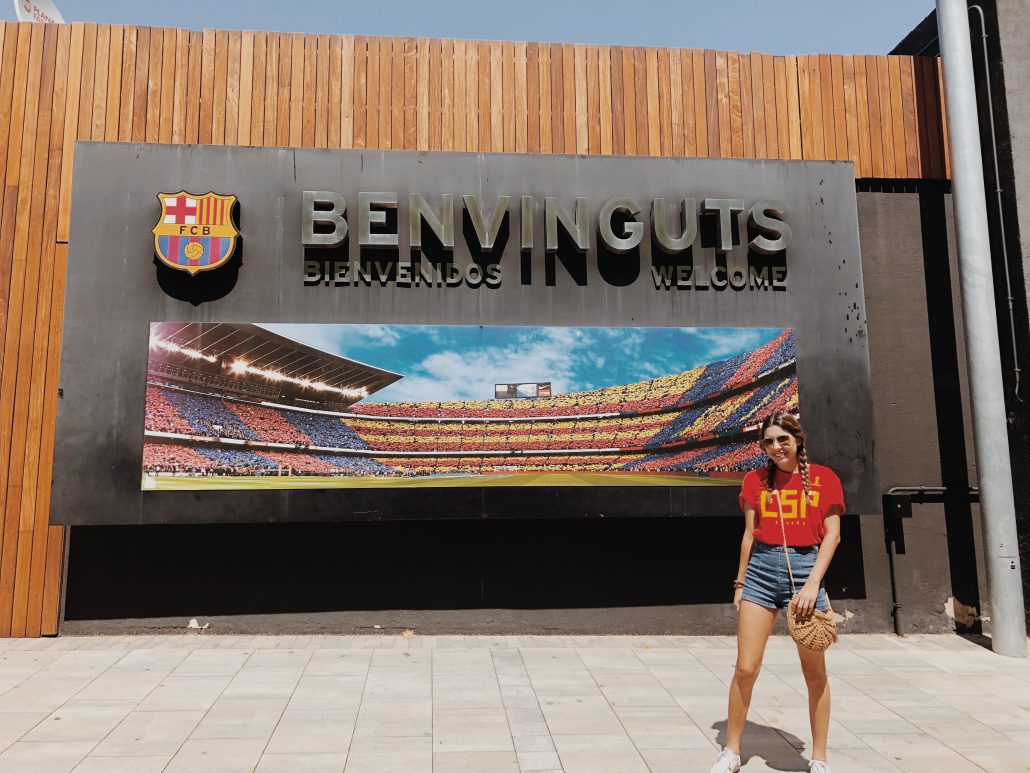
Getting to the stadium was not too difficult. Google Maps was definitely a friend on any traveling needs because you could use the public transportation and it told you EXACTLY what lines to take and how many stops for the metro. If you’re at the Residencia Dorms, you can take the Metro from the Arc de Triomf and follow the following steps or click here:
- Take the L1 metro line to Hospital de Bellvitge
- 8 stops
- Get off at Plaça de Sants
- You’ll have to exit and go to another metro station for the next line
- Walk to the Metro Plaça de Sants
- Take the N2 metro line to Estació Av. del Carrilet
- 6 stops
- Get off at Riera Blanca – Les Corts
- Exit station and follow signs to Camp Nou
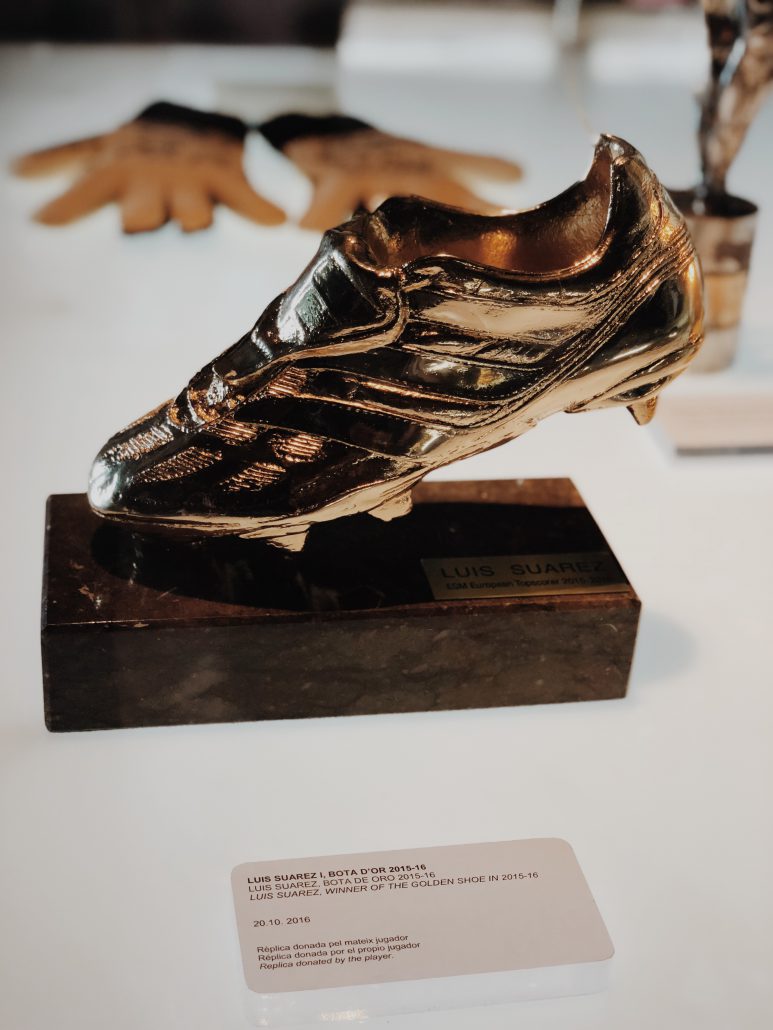
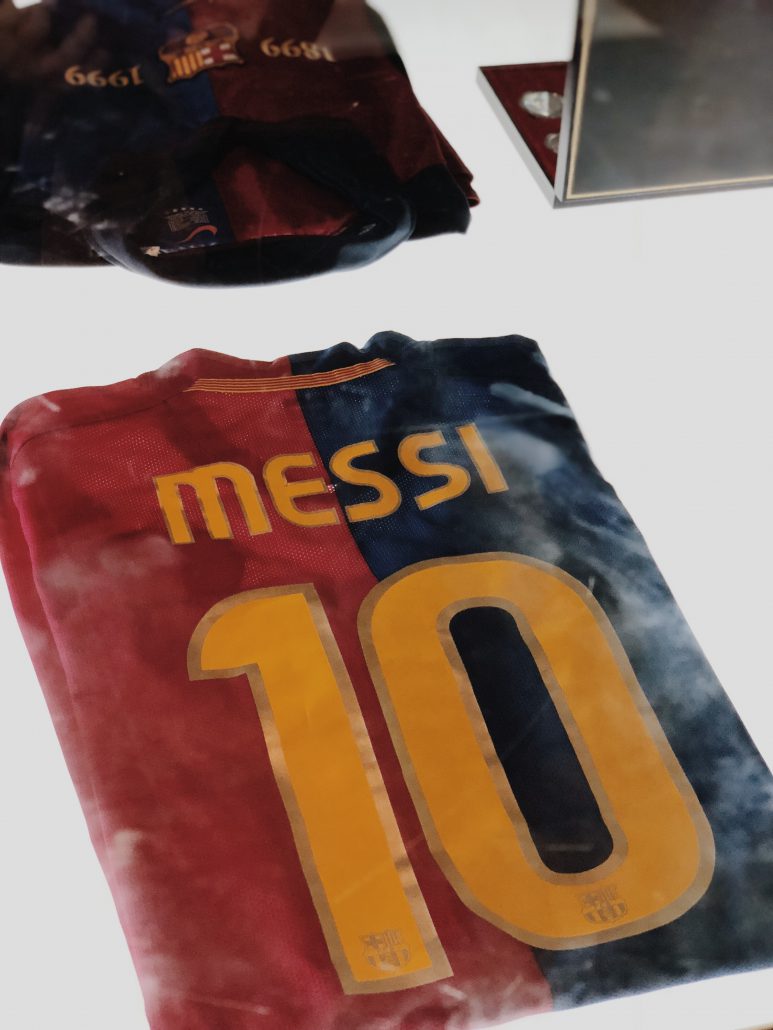
When we arrived, we took a couple pictures outside the main entrance and then made our way over to the stadium. There are large signs telling you where the entrance is for the tour. We got to take pictures with professional photographers and had the option of buying these photos afterwards. As we enter the museum, it is filled with all the trophies and exclusive valuables. A couple of my personal favorites were Luis Suarez Bota de Oro and an old jersey from Messi! Since we did not have the audio-guide, we just walked around and saw what we wanted to see. They had this cool wall with a bunch of panels that would constantly flip and land on a certain page that gave you a clear image of one of the players if you stepped back and saw the bigger picture. You could spend as much time here or any of the places on the tour as you wanted.
To be honest, all I thought I paid for was the museum and walking into the stadium to see the classic “Més que un club” on the stadium seats, but in reality it was far more than that! Really, we kept walking and following the signs into all these different regions of the stadium that I didn’t know we had access to so that was super cool!
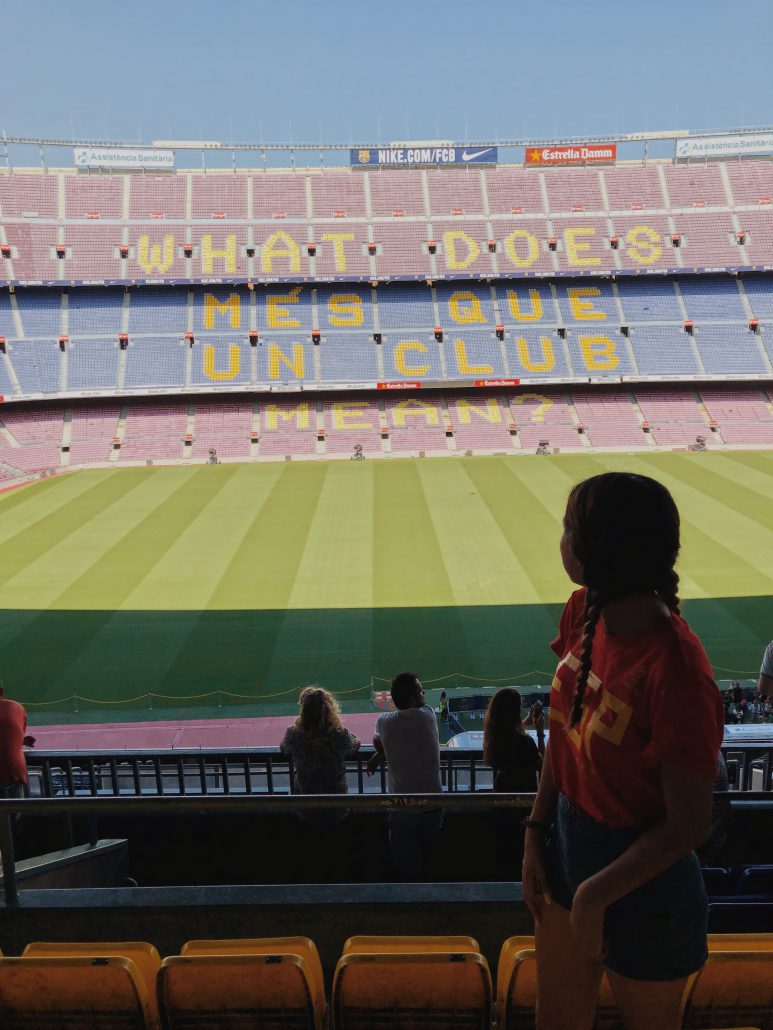
After the stadium seats, we were able to actually go down where the players sit and close to the field. I got a picture of me sitting on one of the chairs where the players sit! After we went to what looked like the press room, the visiting players’ locker room, the announcers’ room and ended at the giant FCB store. I got myself some nice fuzzy socks to remember this incredible opportunity.
Ironically, while I was visiting, my dad texted me an article that FC Barcelona was actually at UCLA practicing that day. I really came across the world and we decide to swap places lol.
Paulina Hernandez studied abroad in Barcelona, Spain in summer 2018: https://ieo.ucla.edu/travelstudy/span-barcelona/


